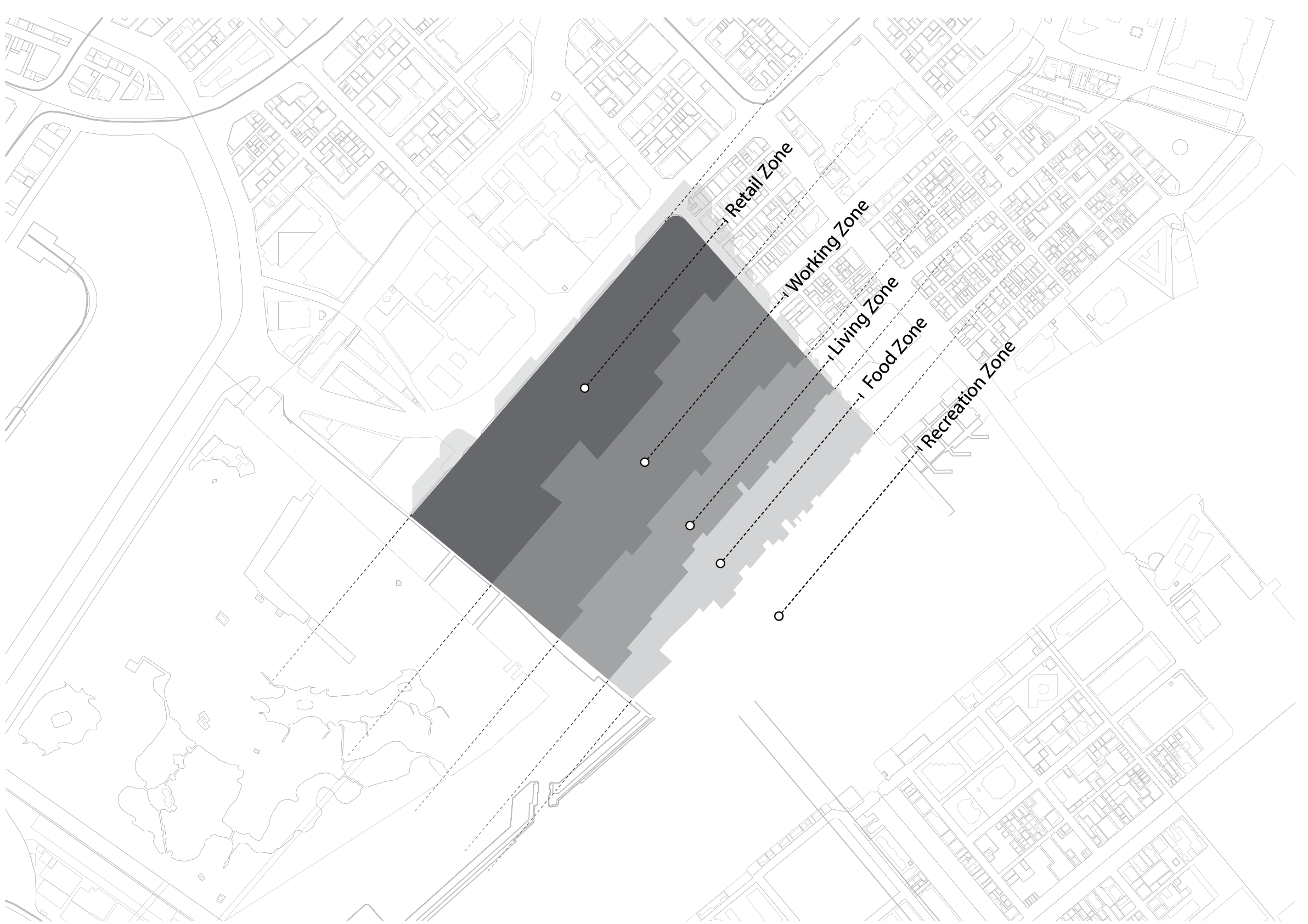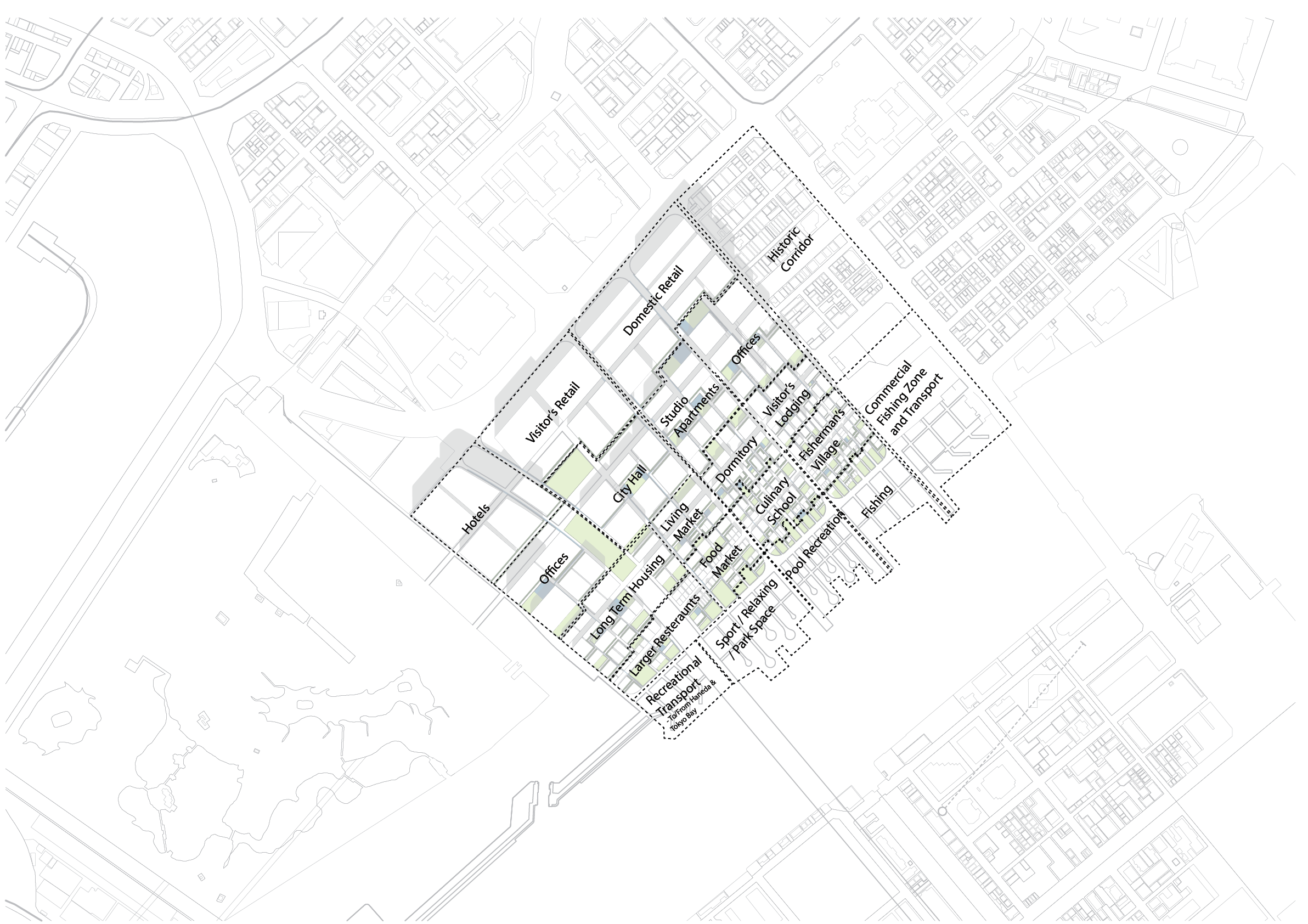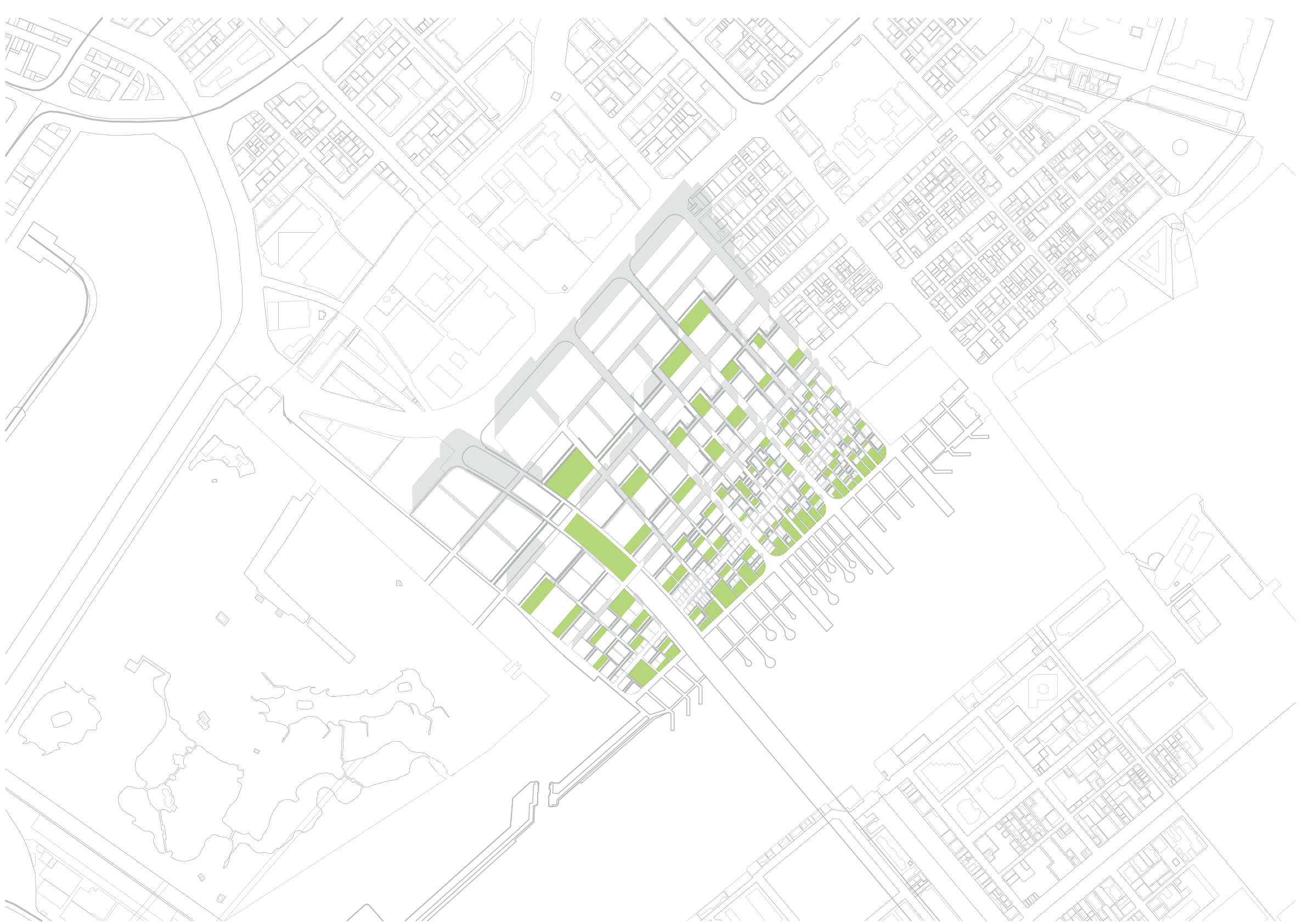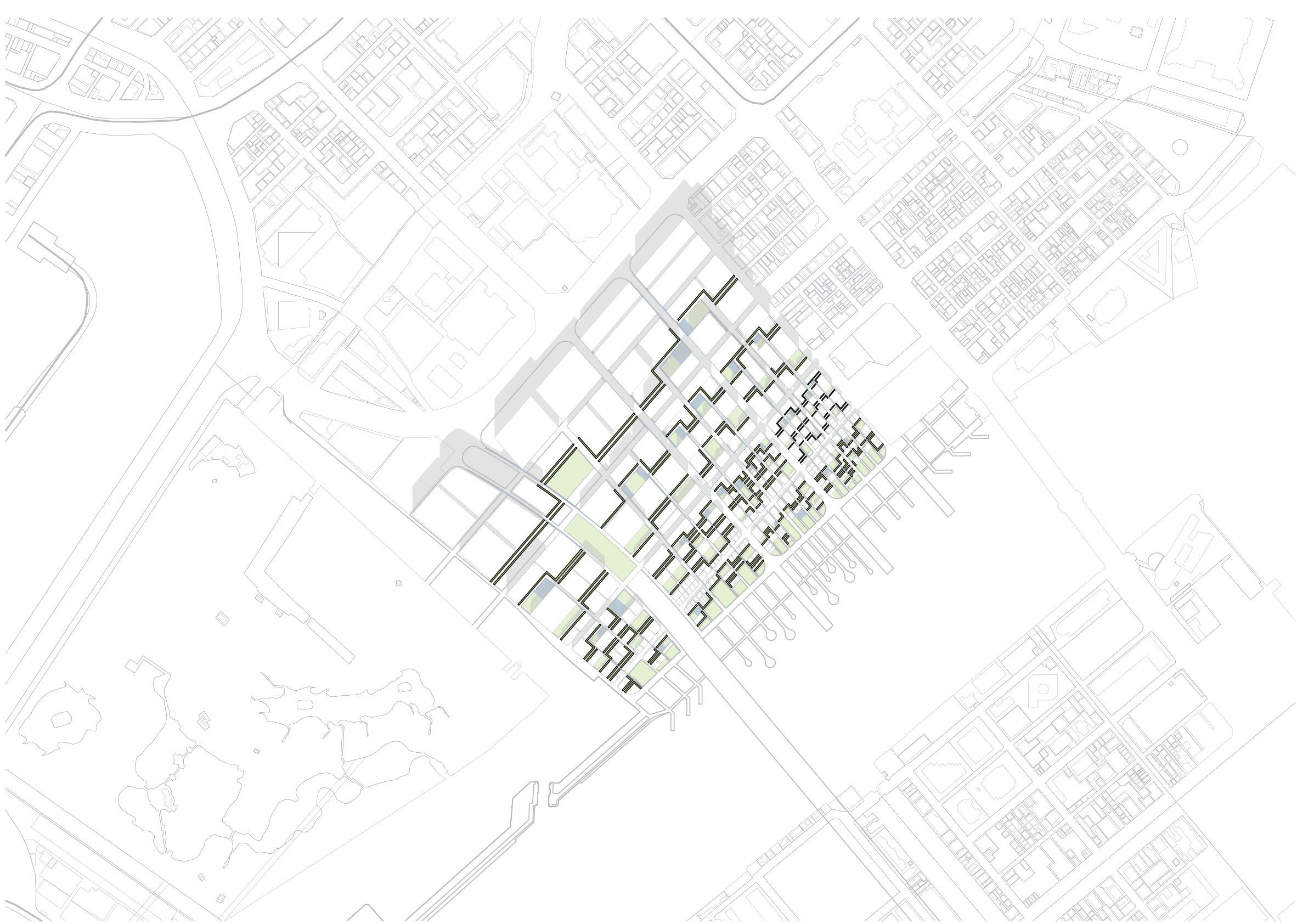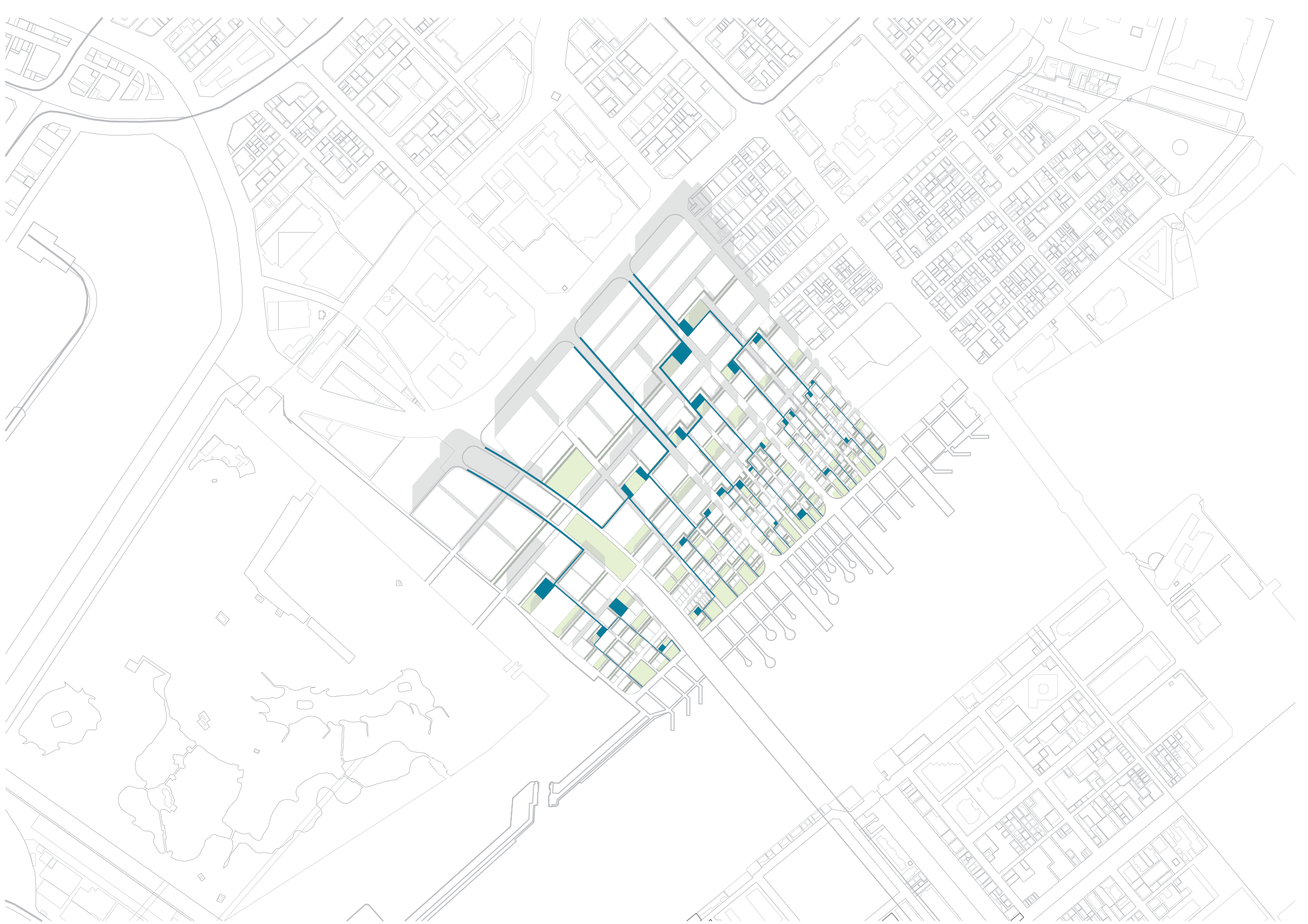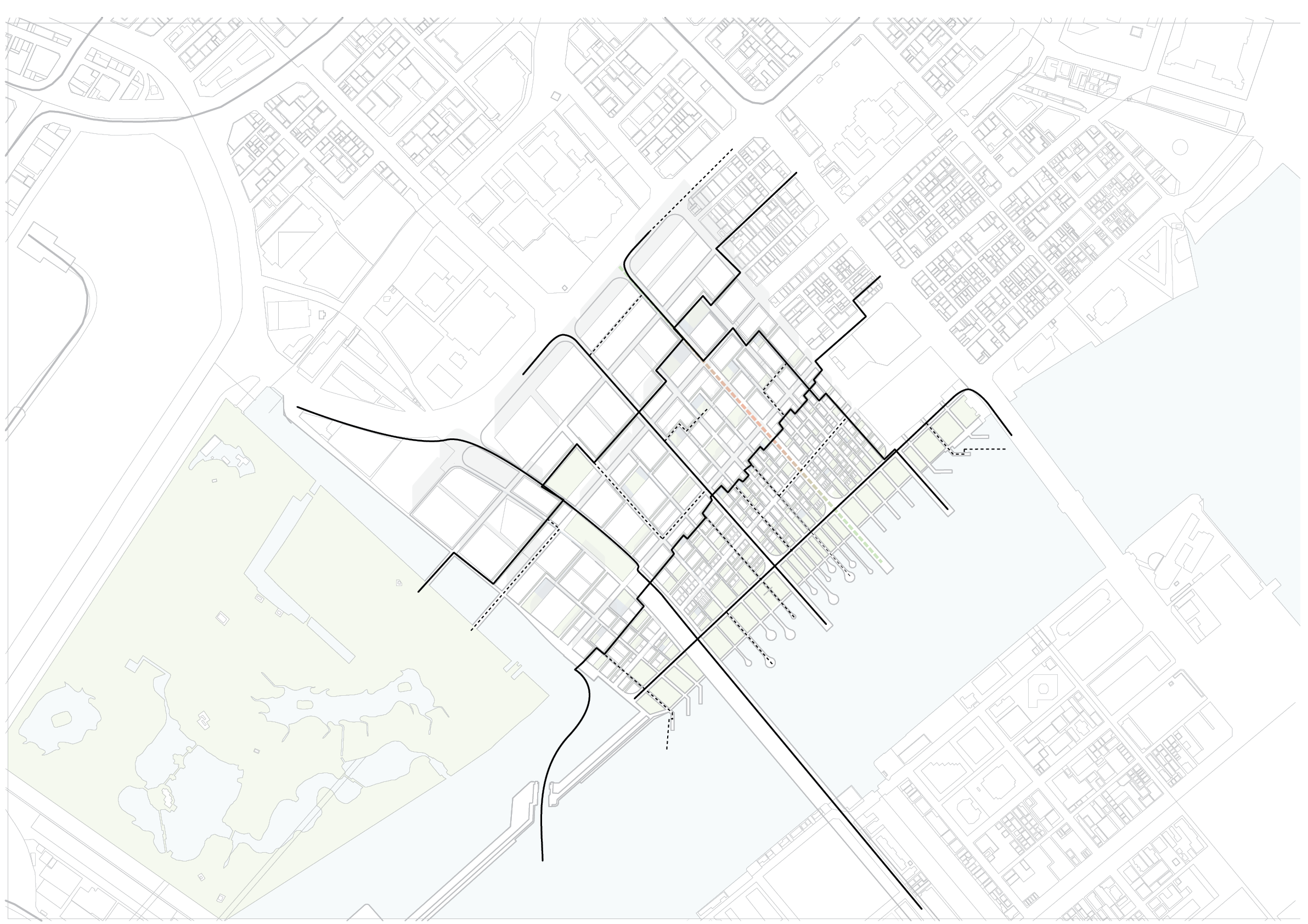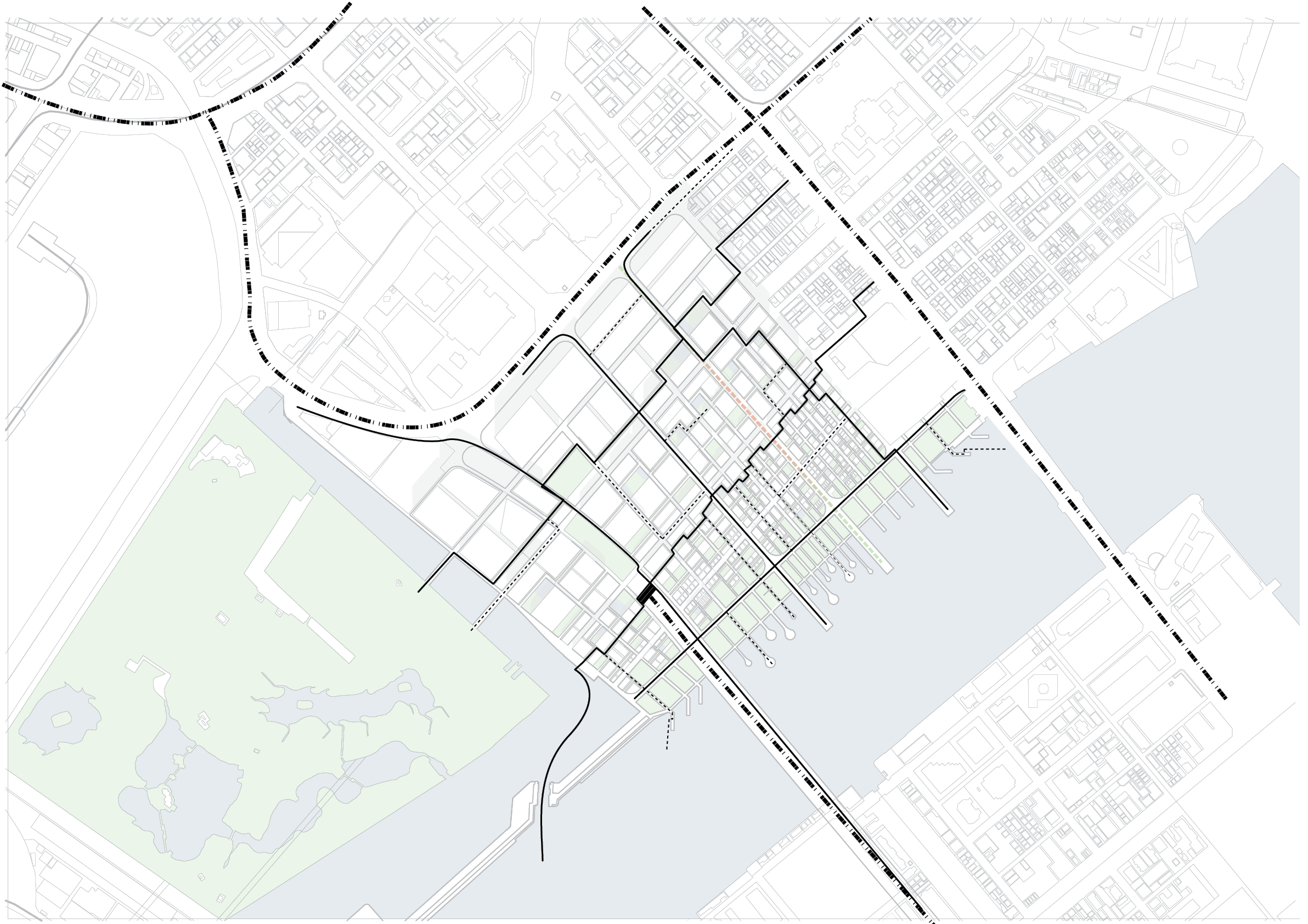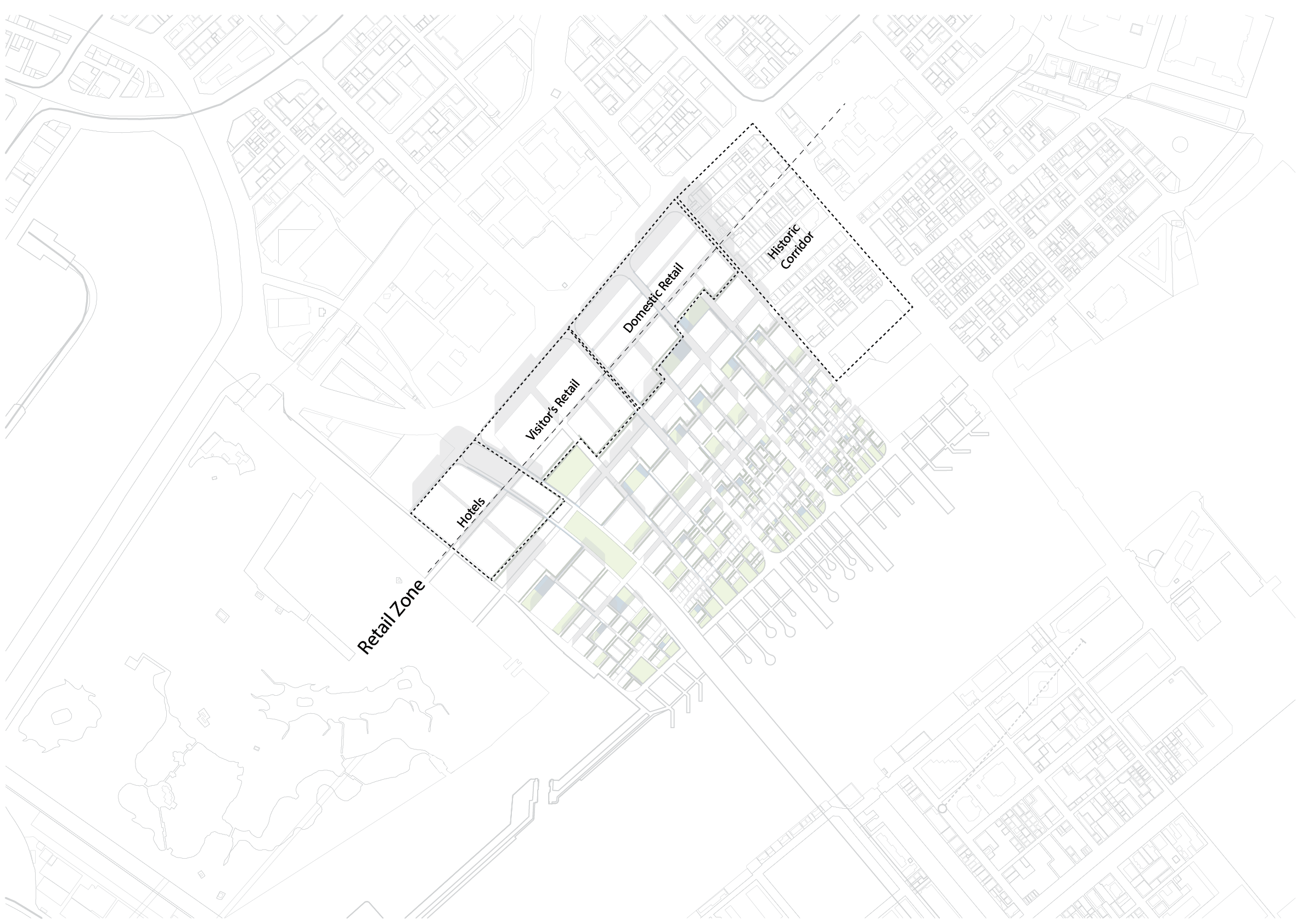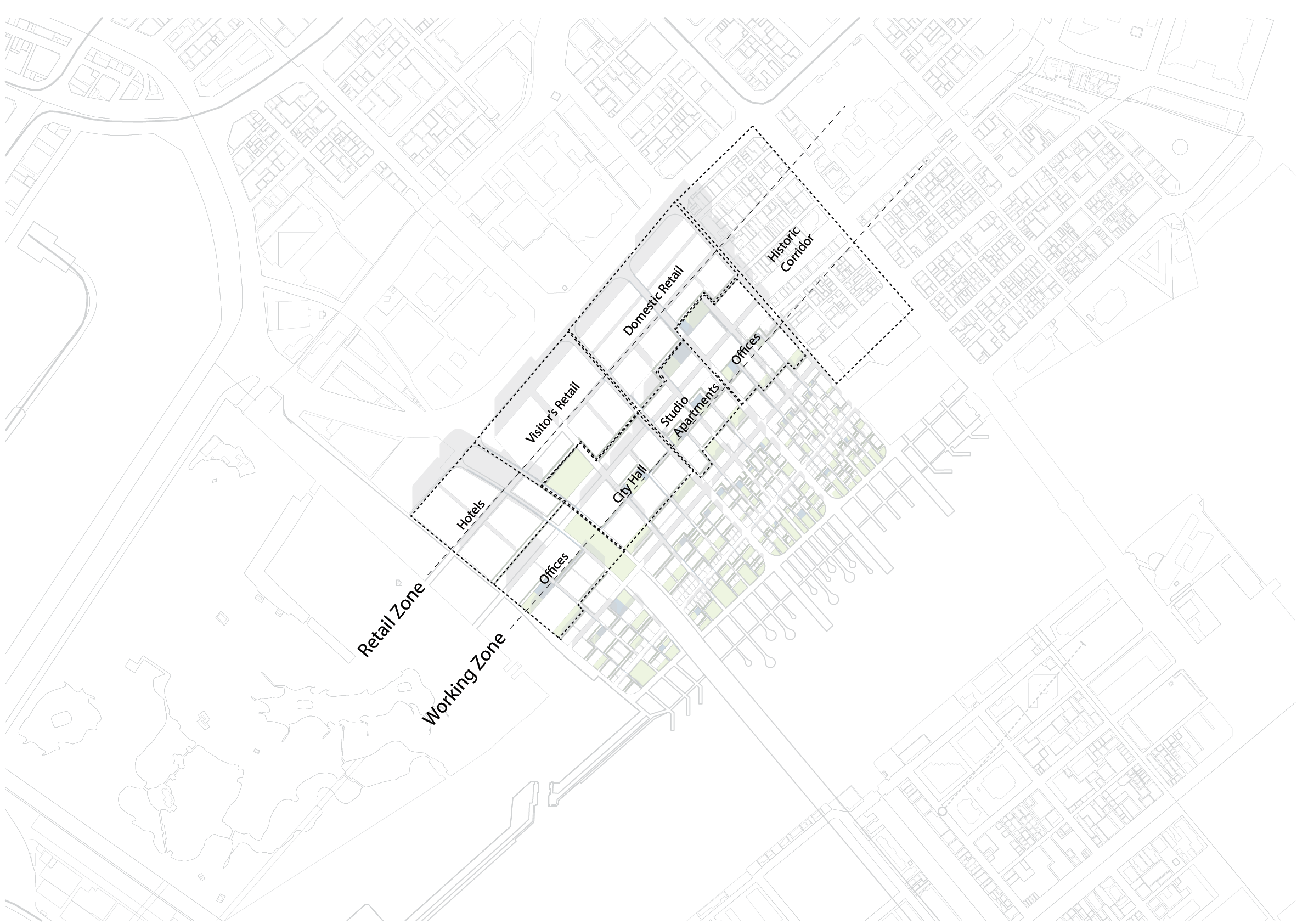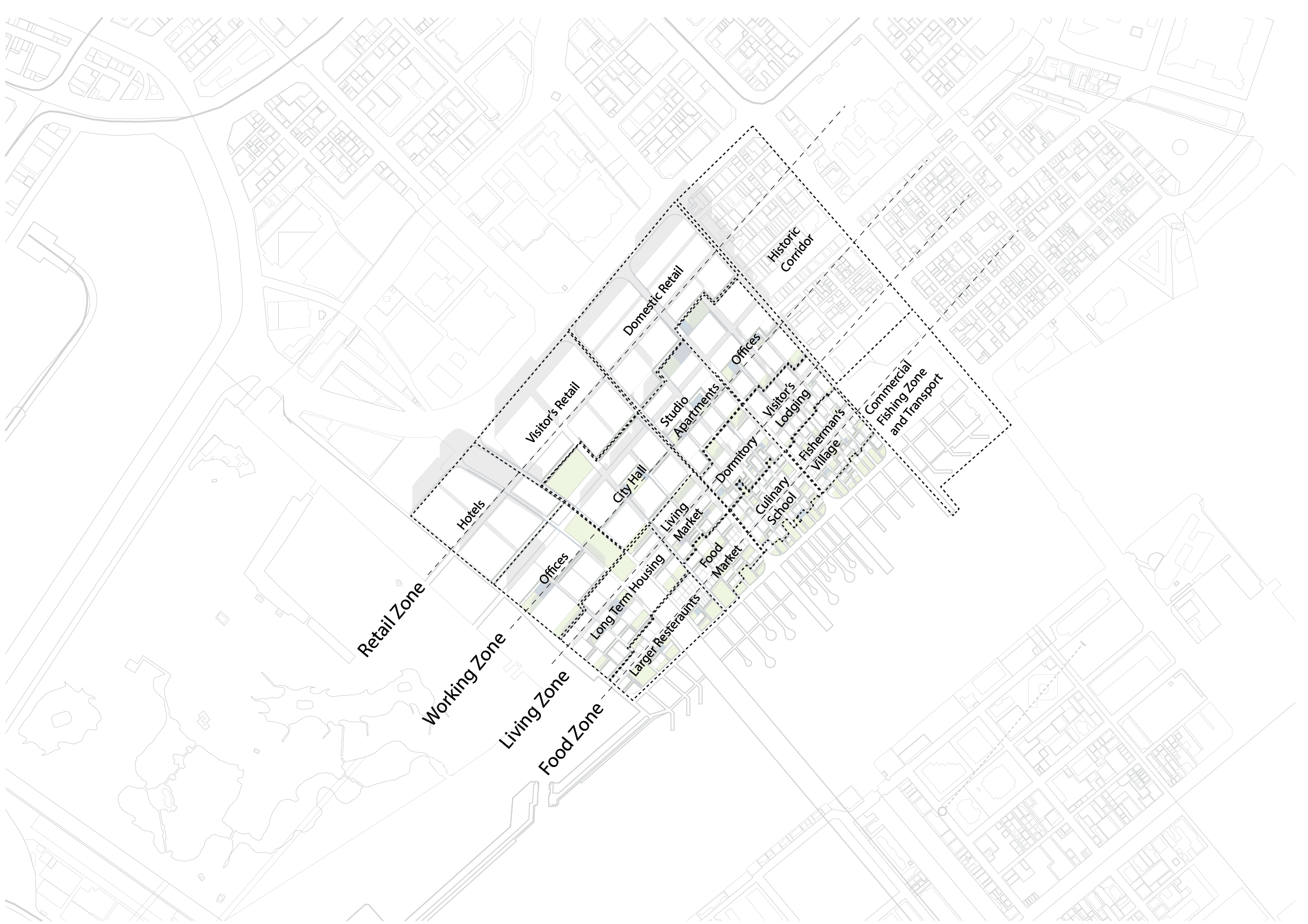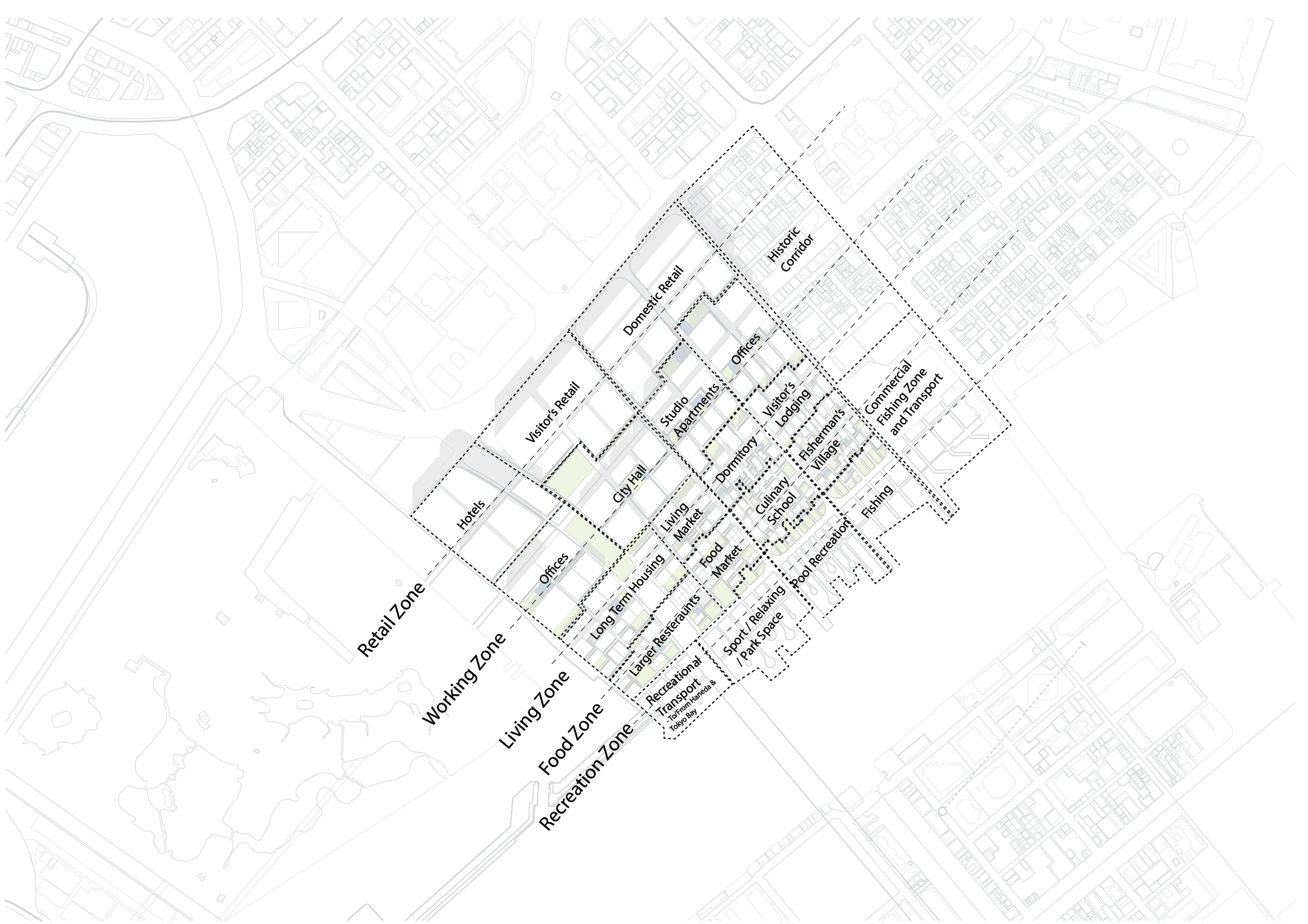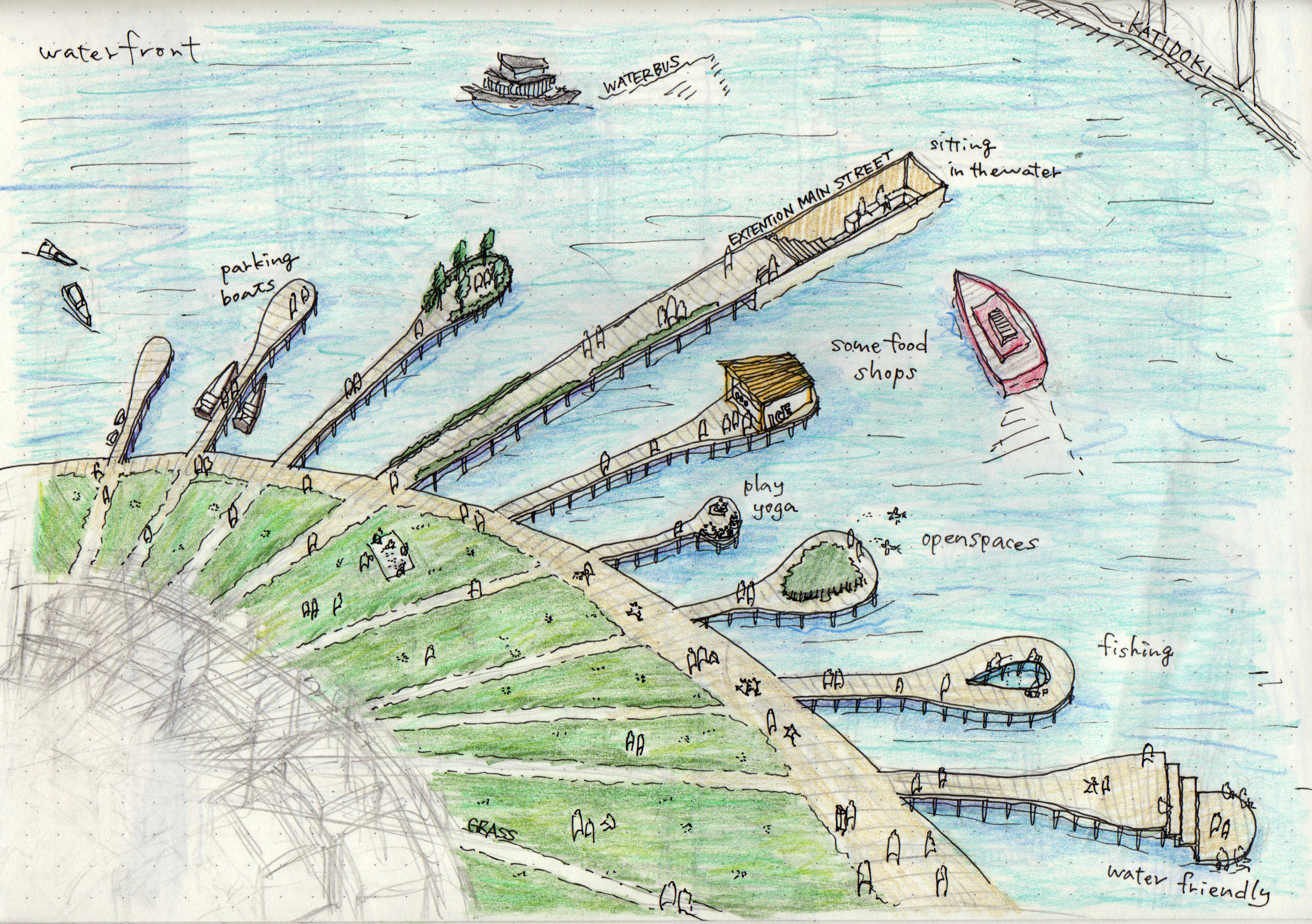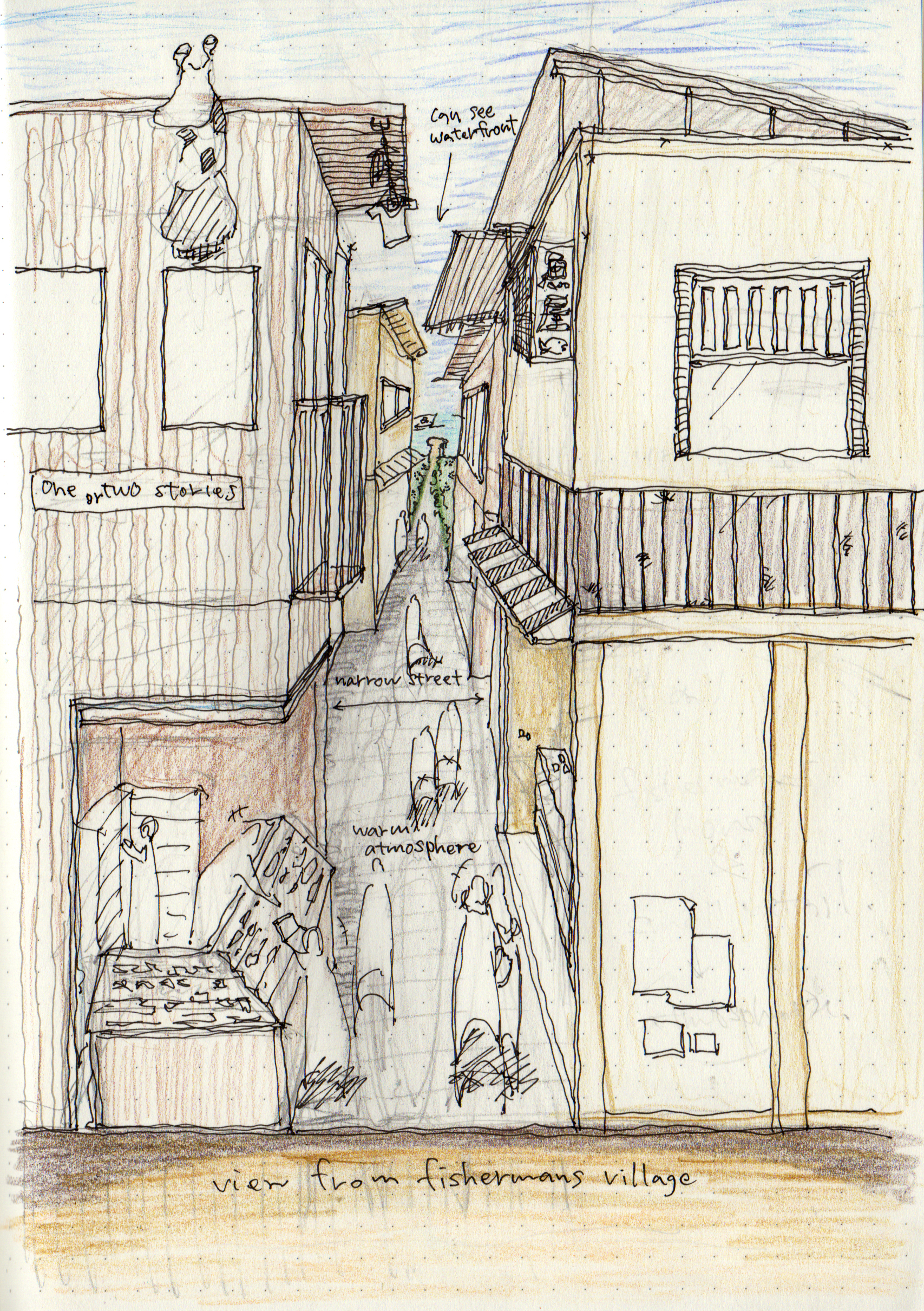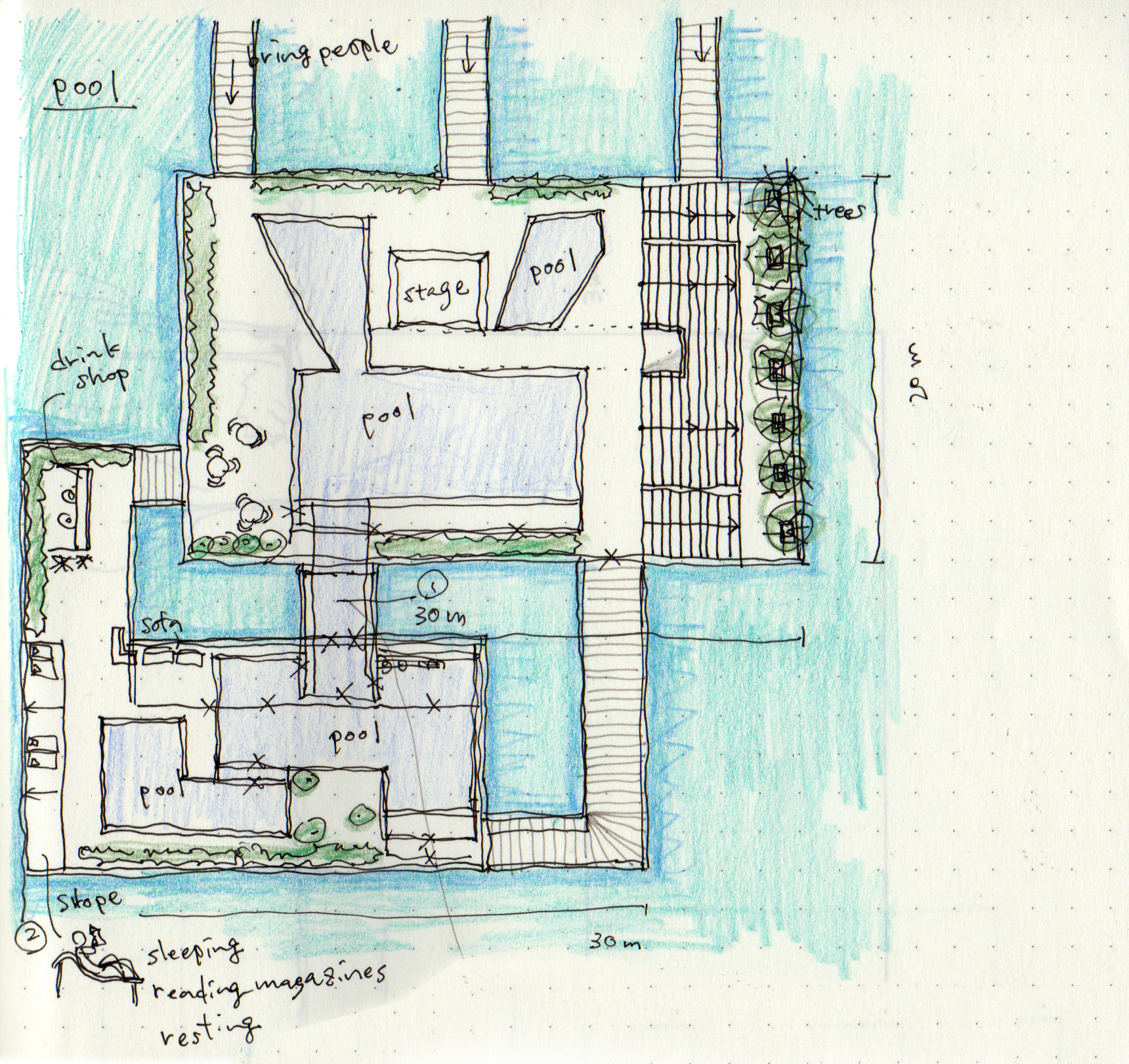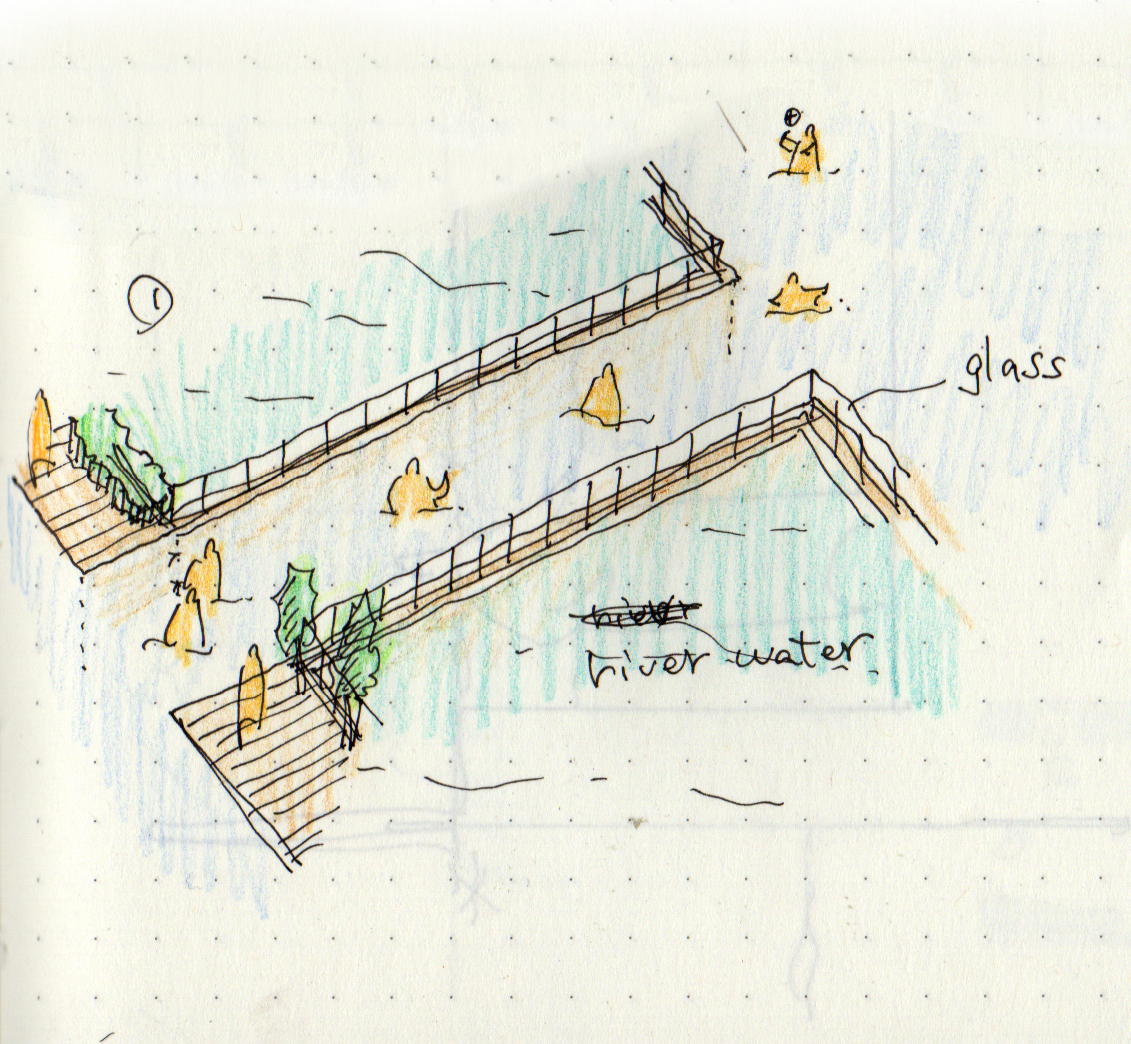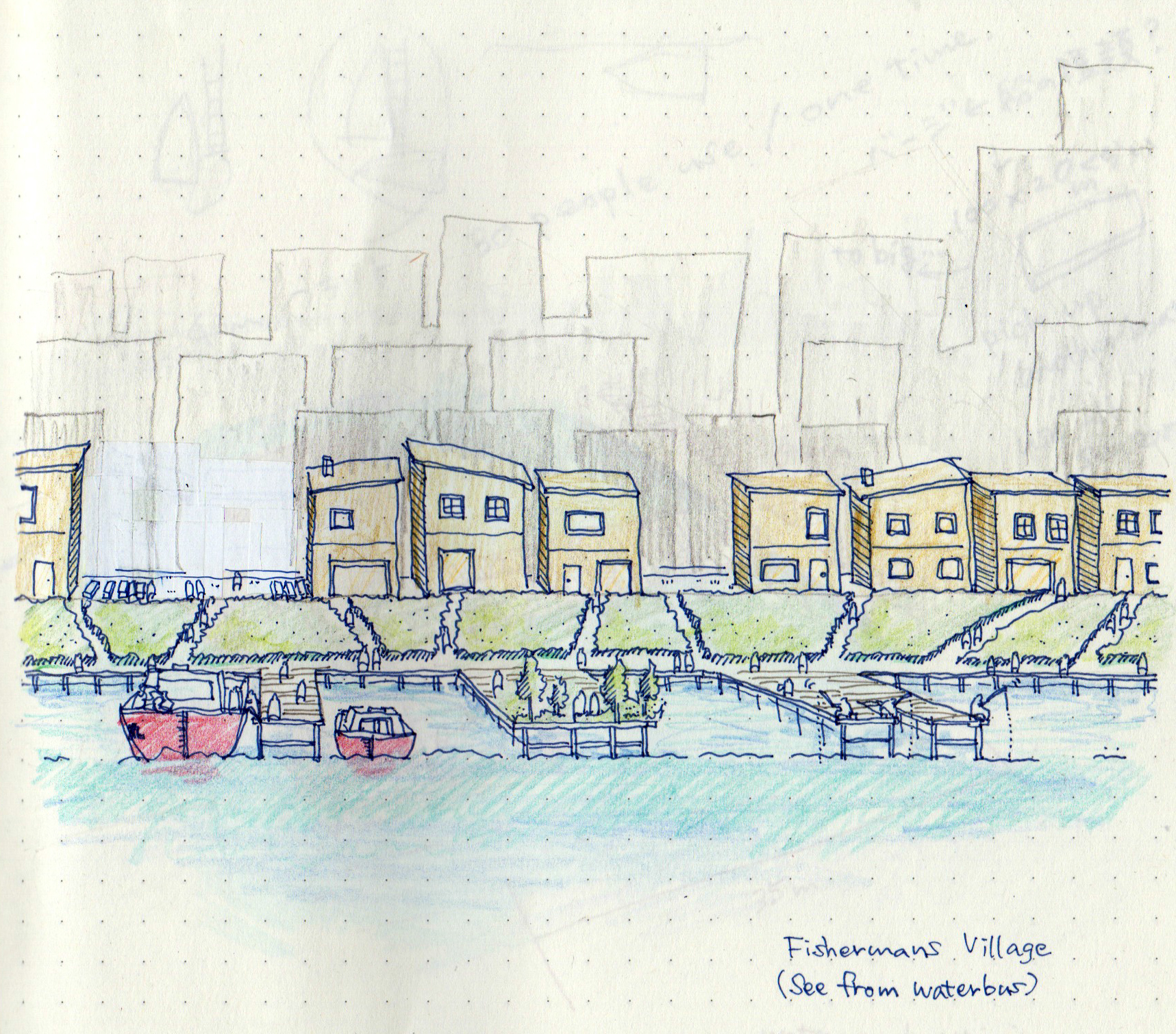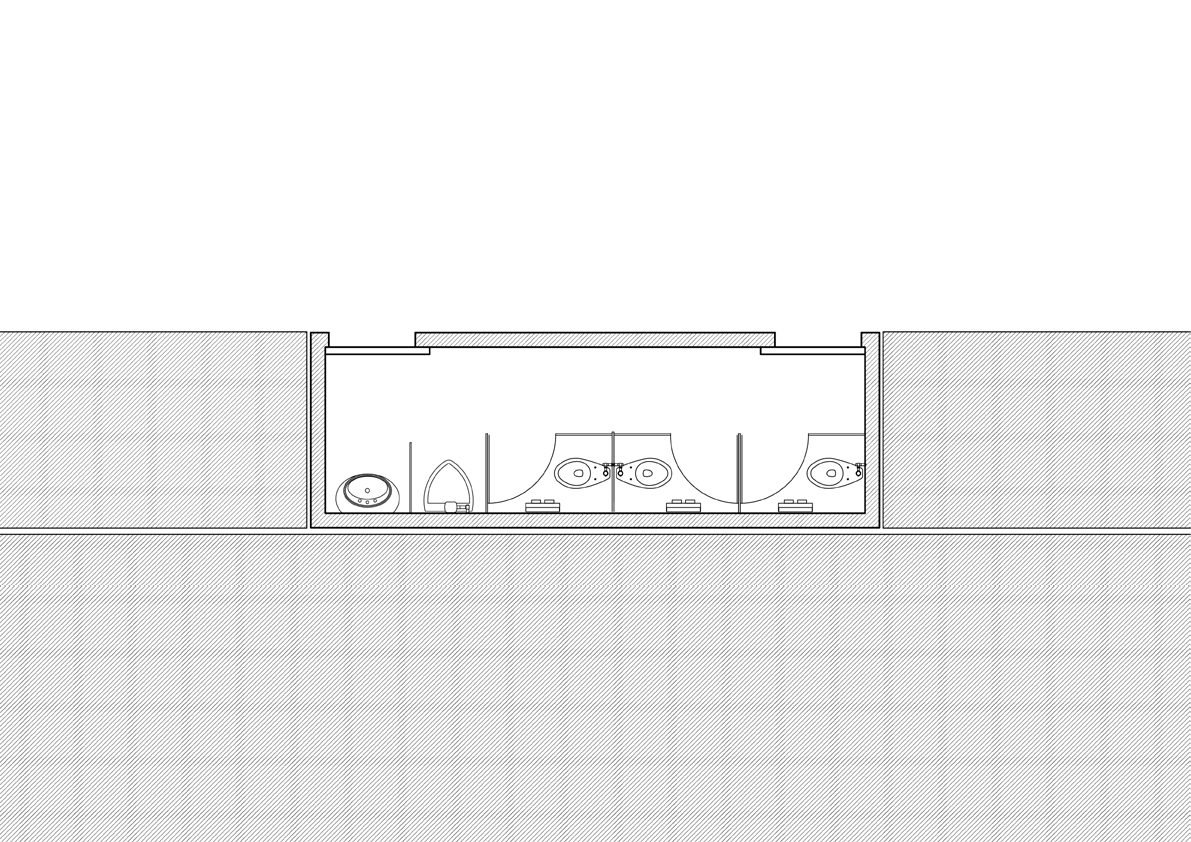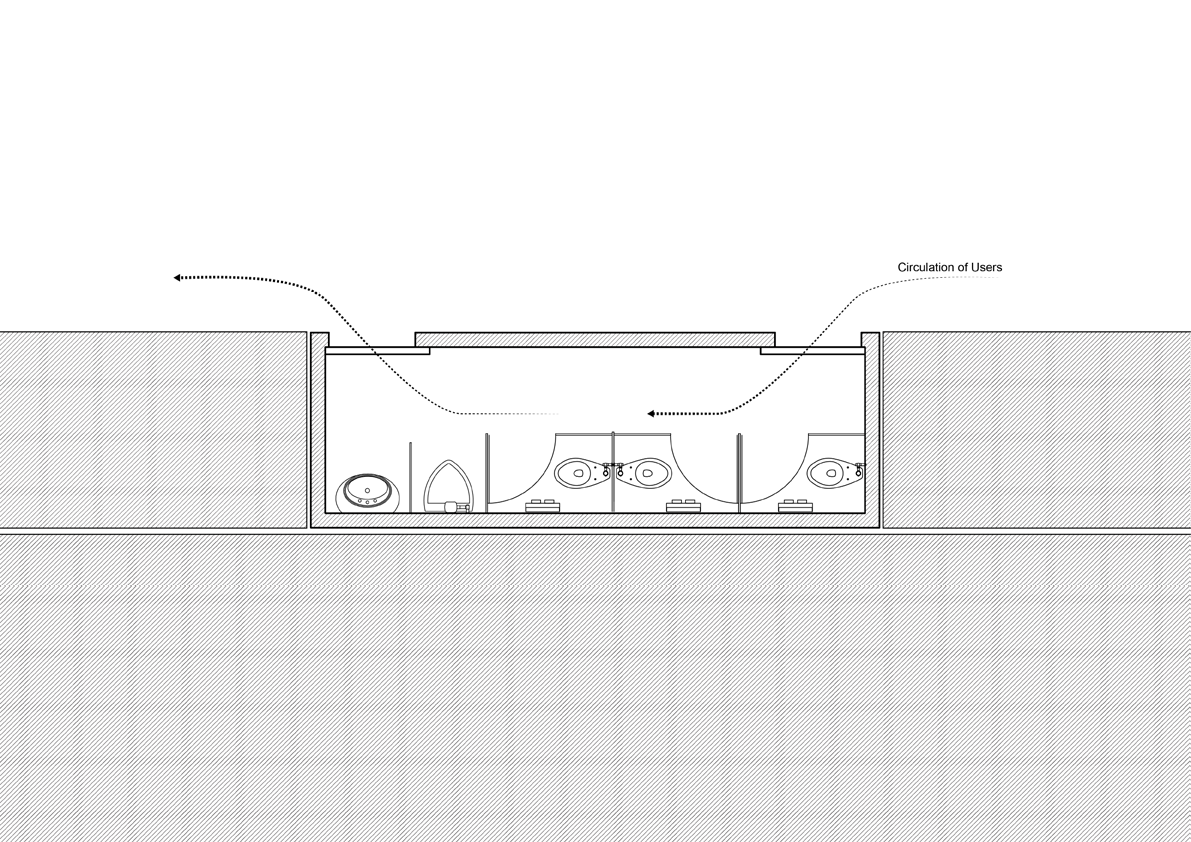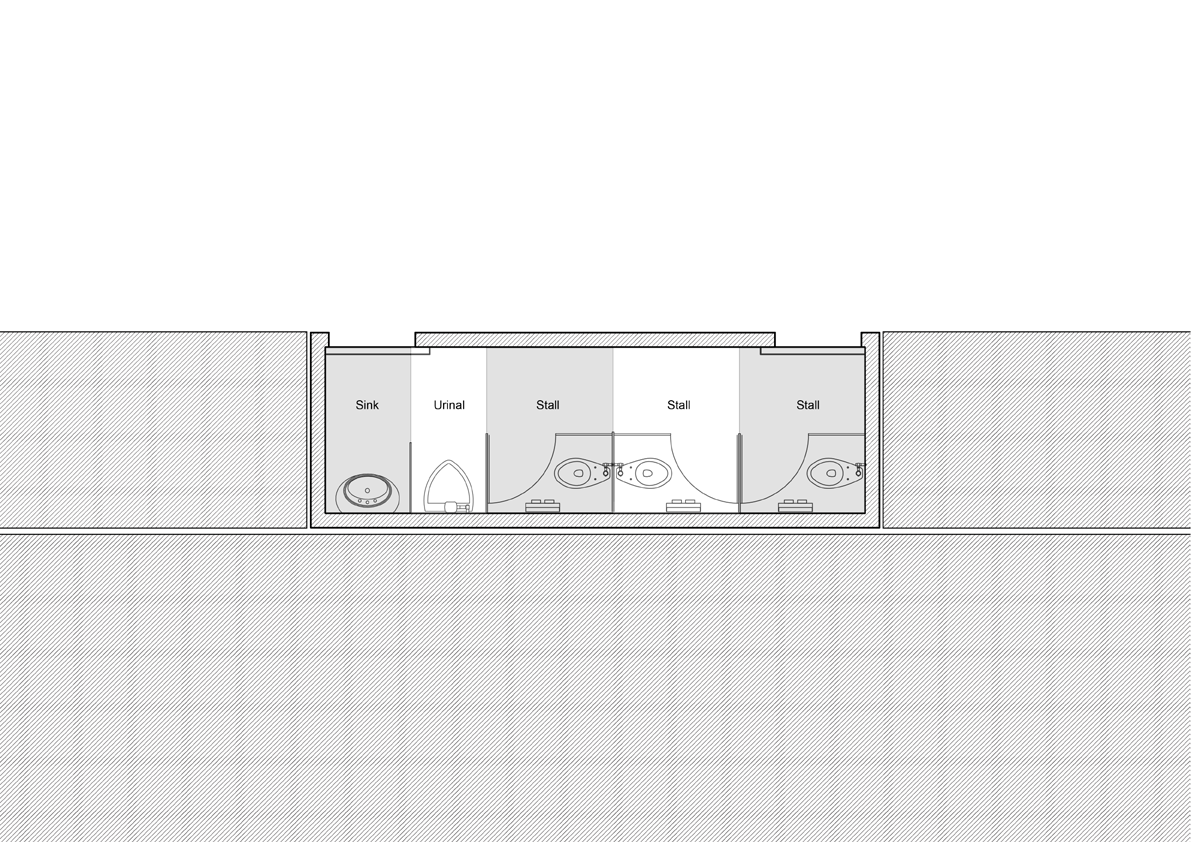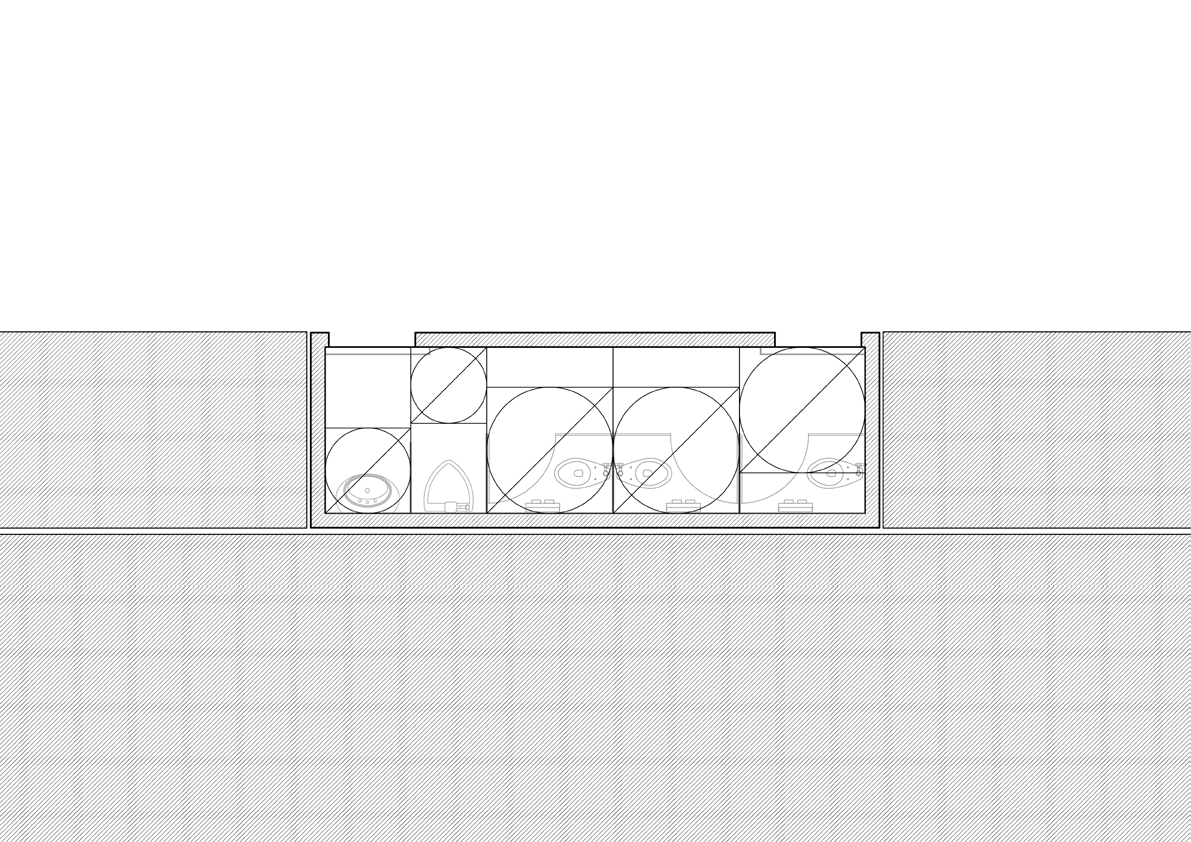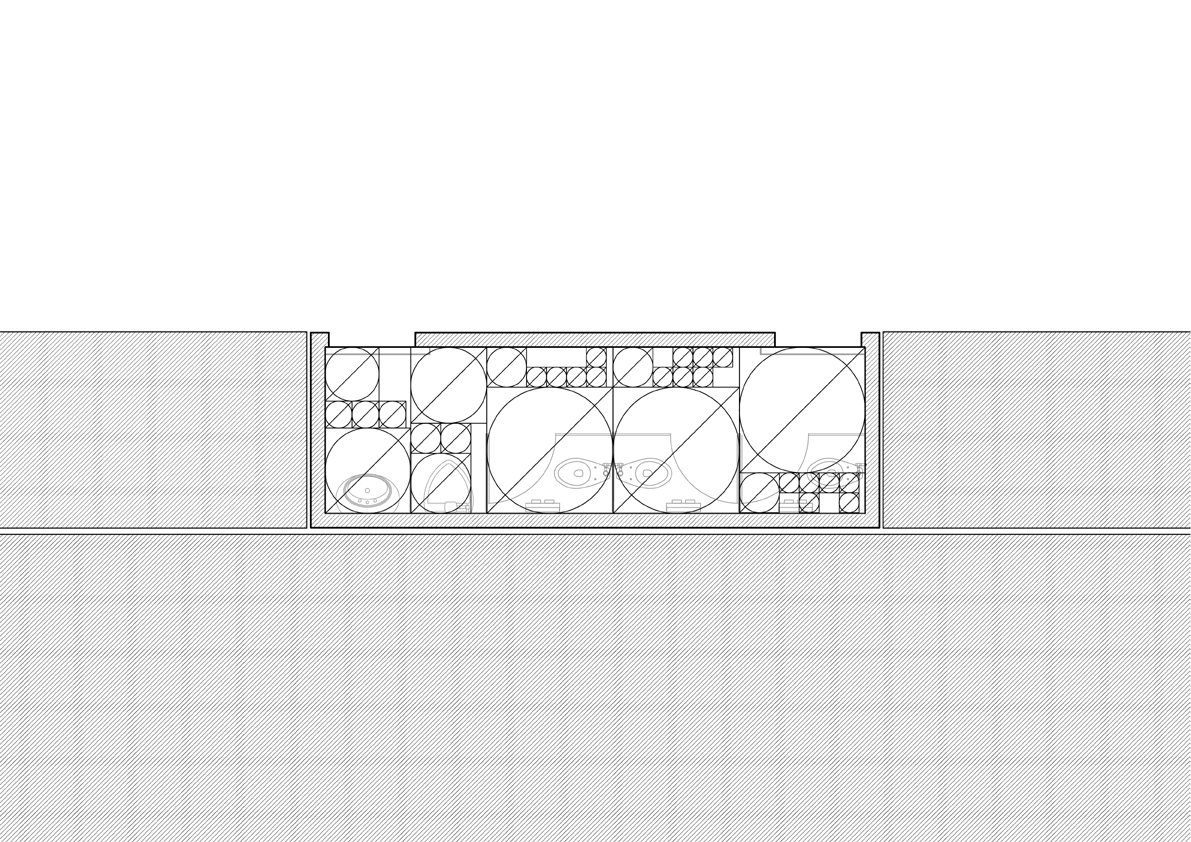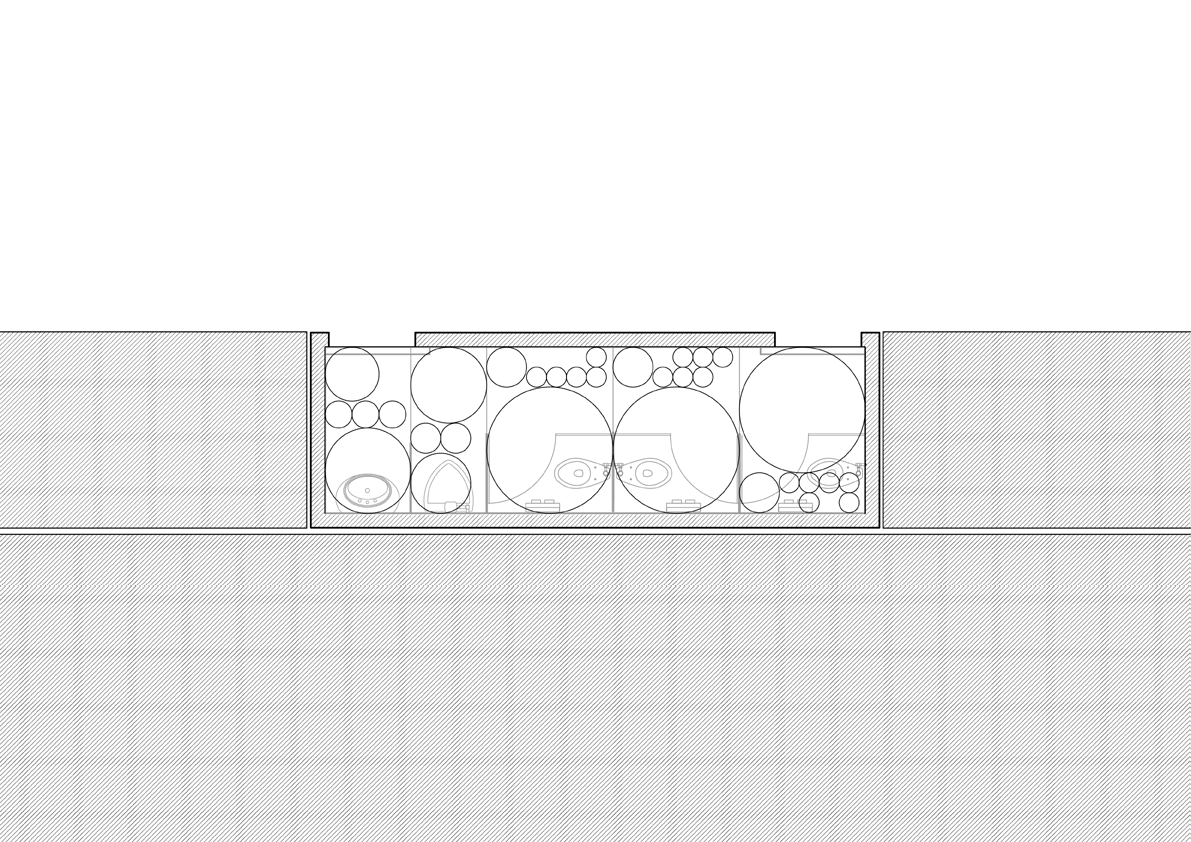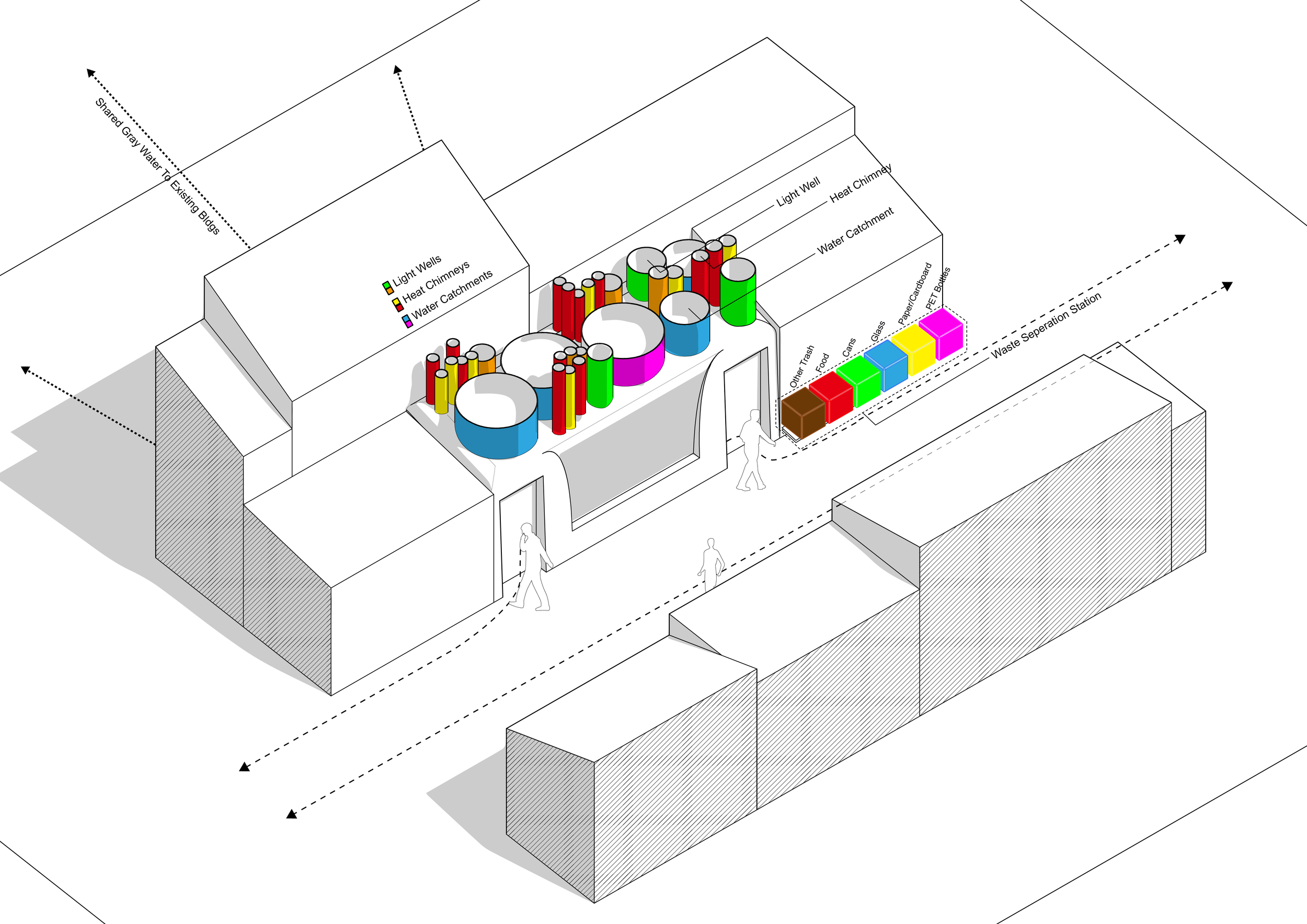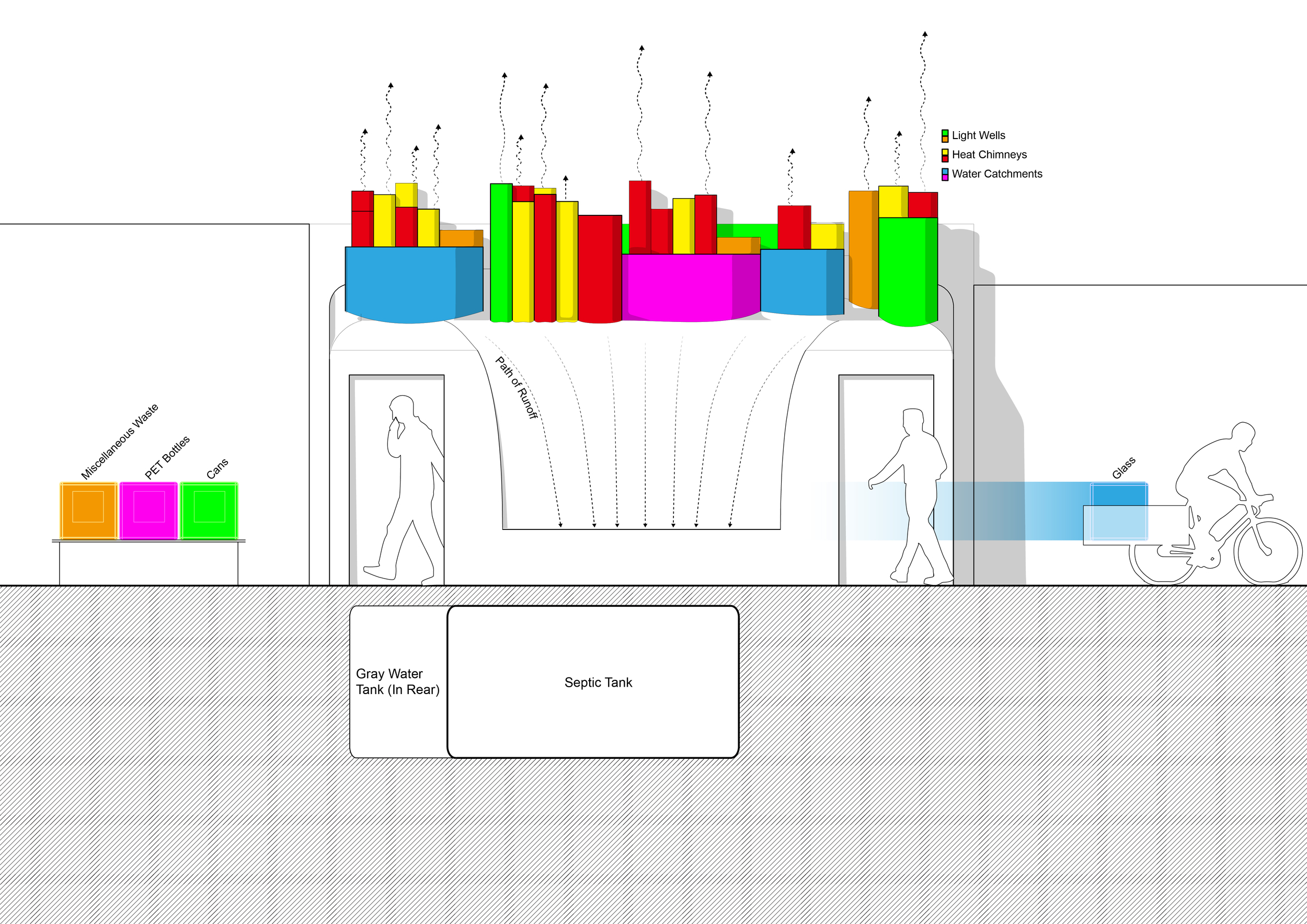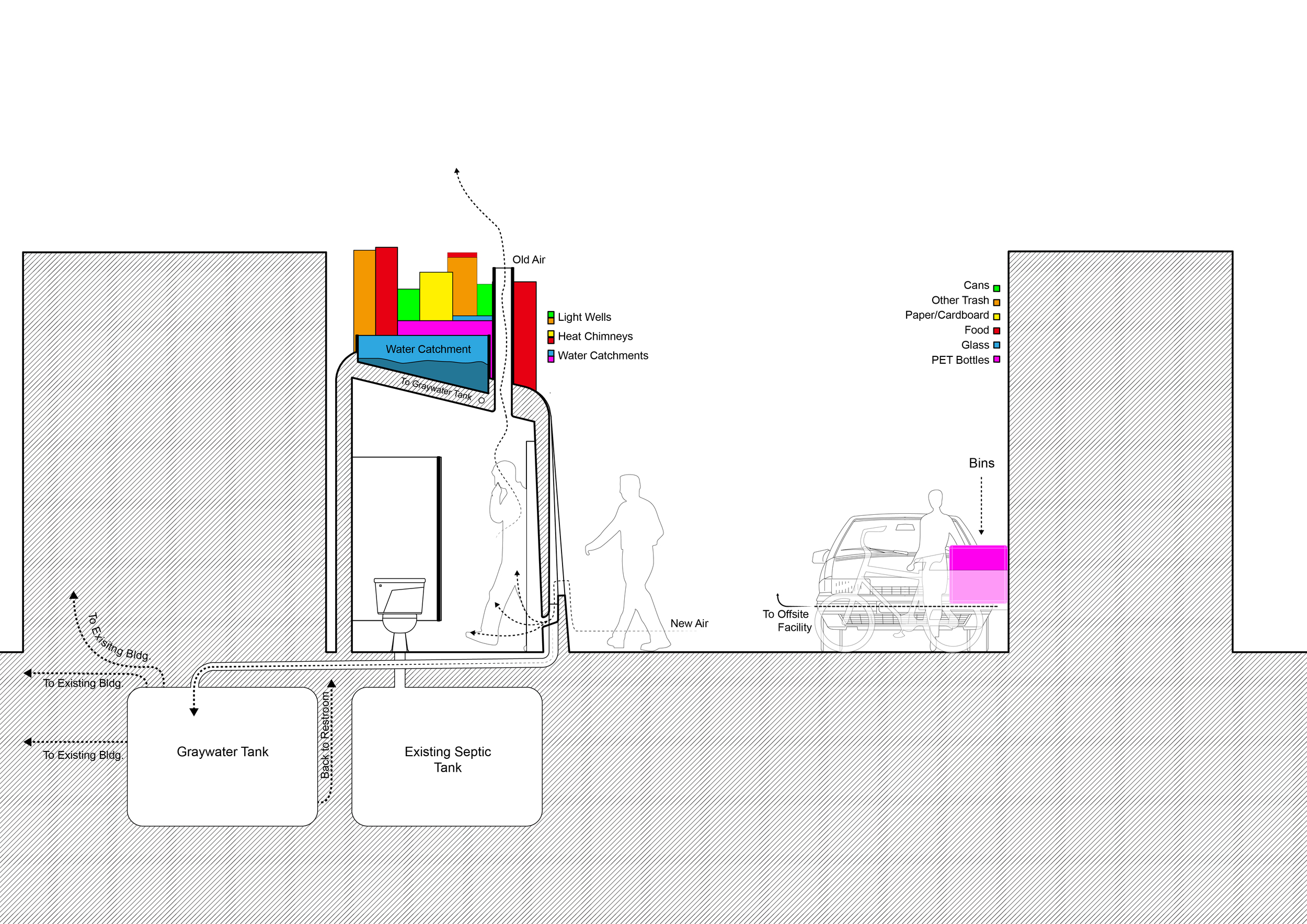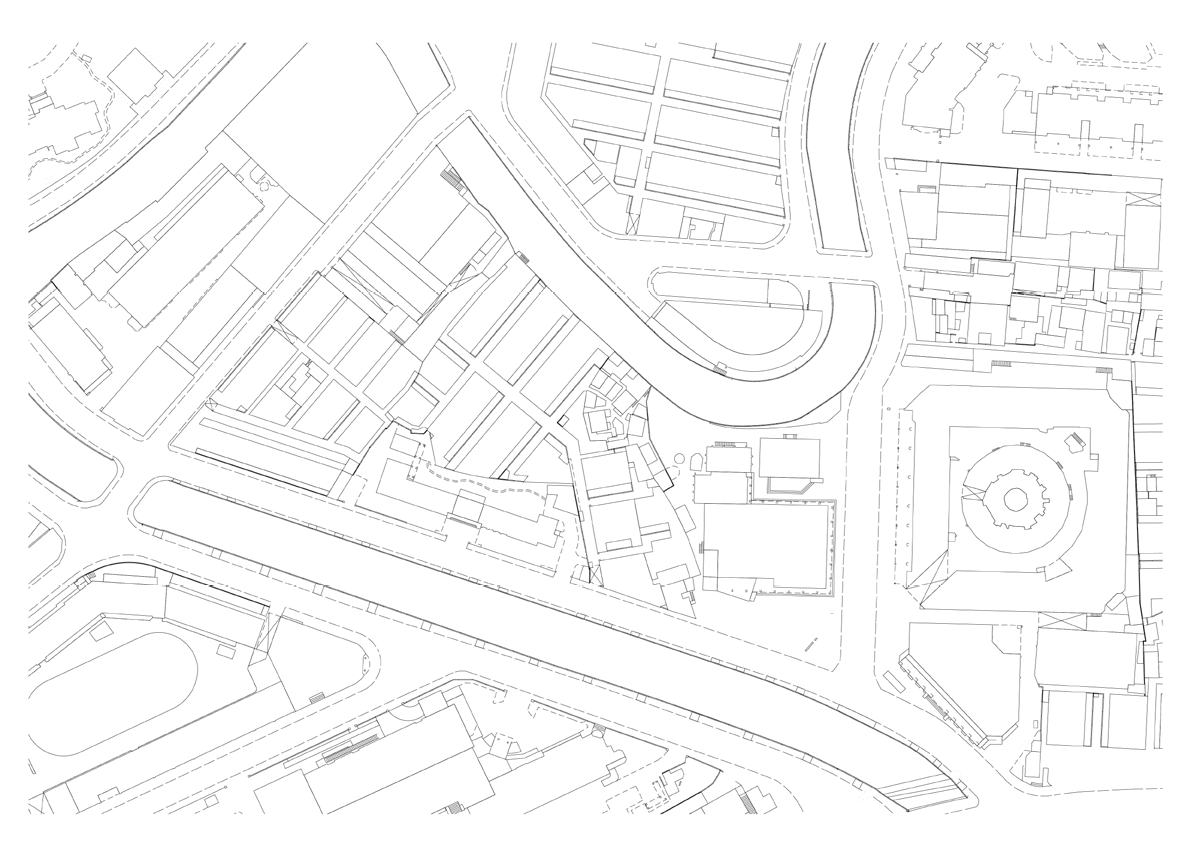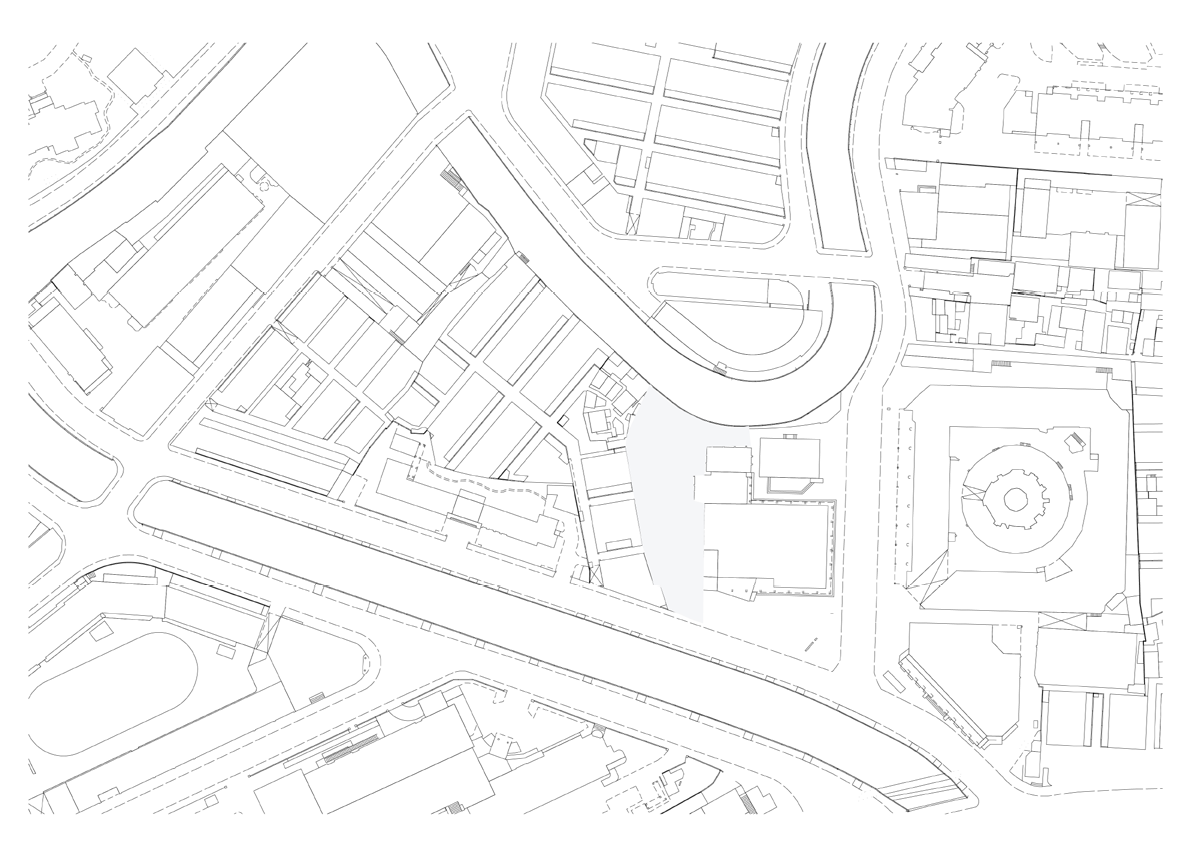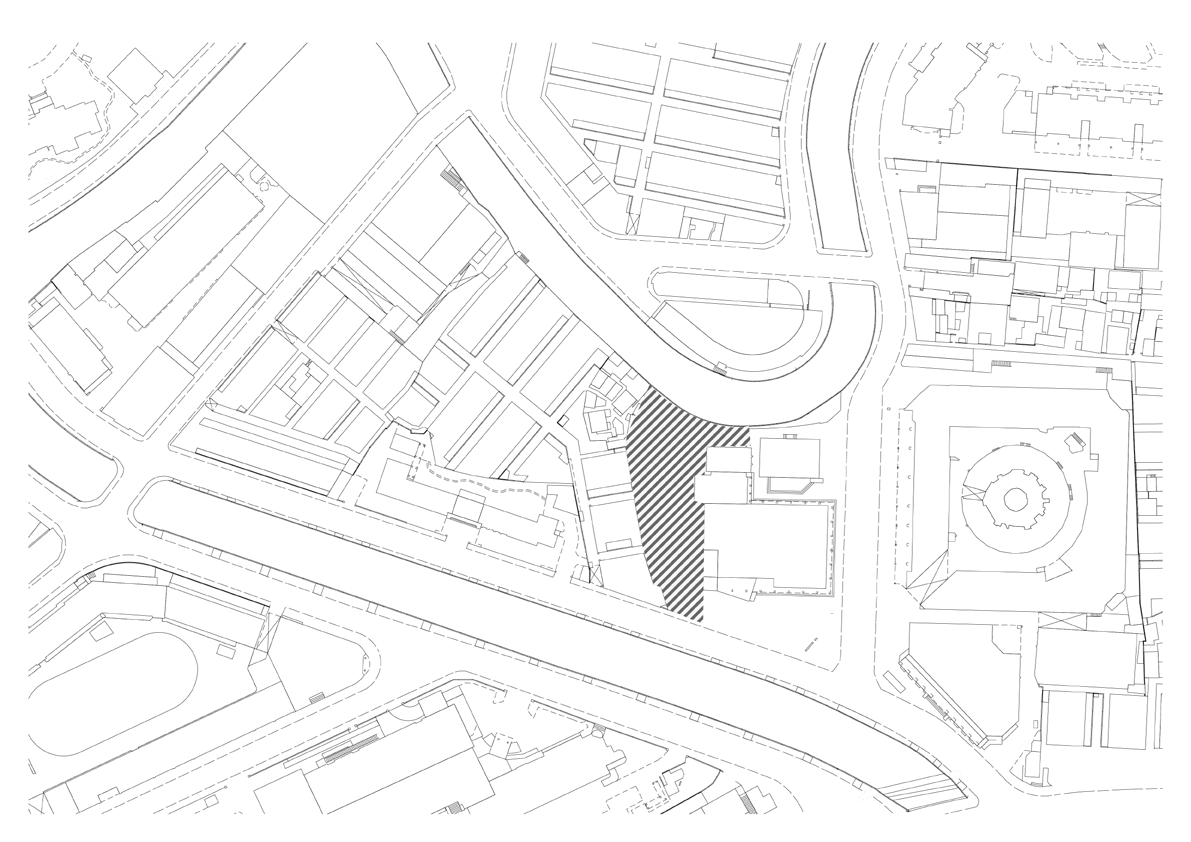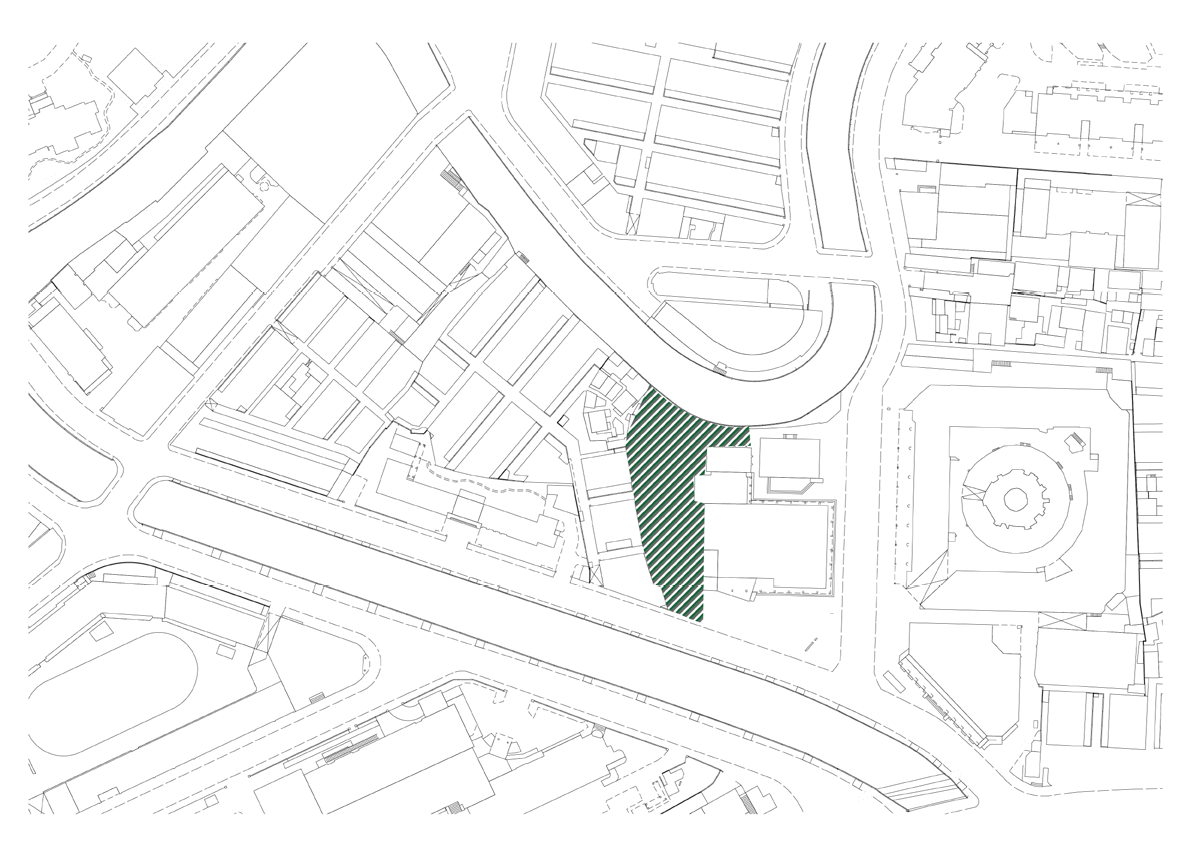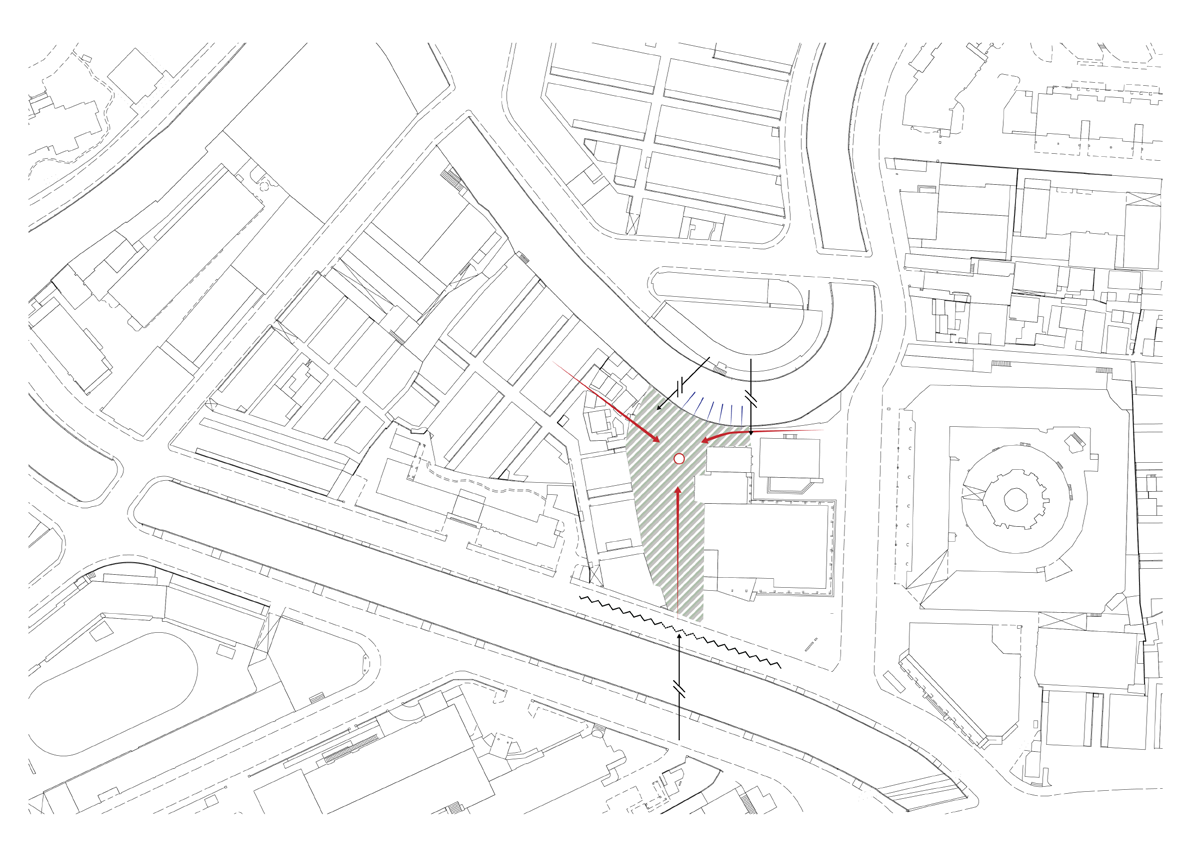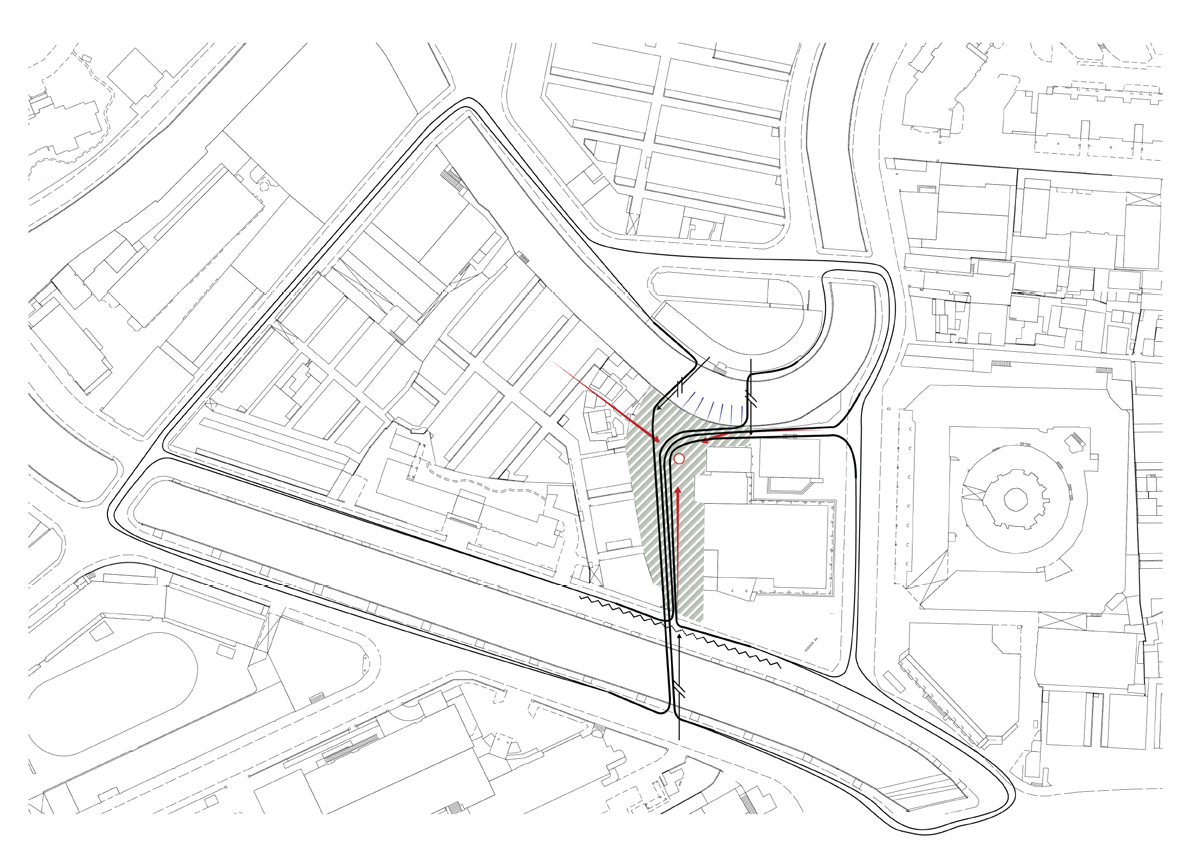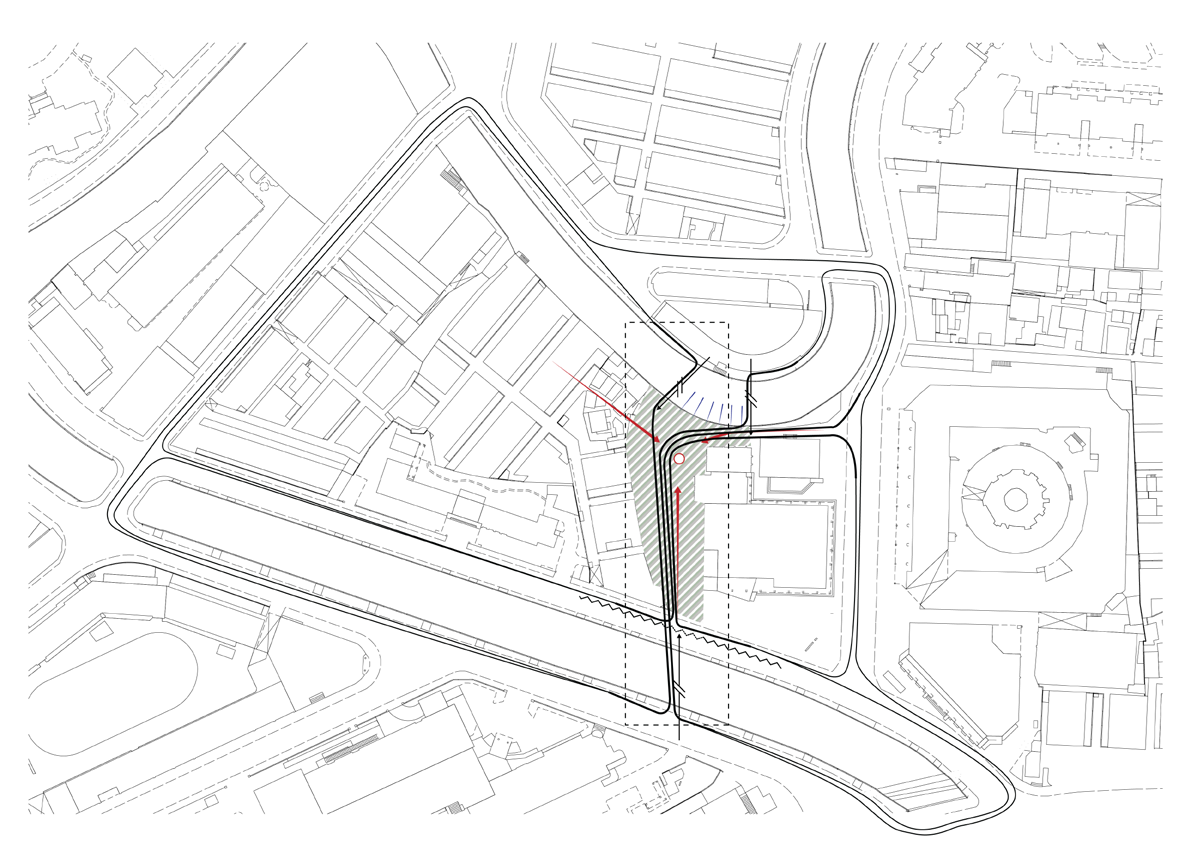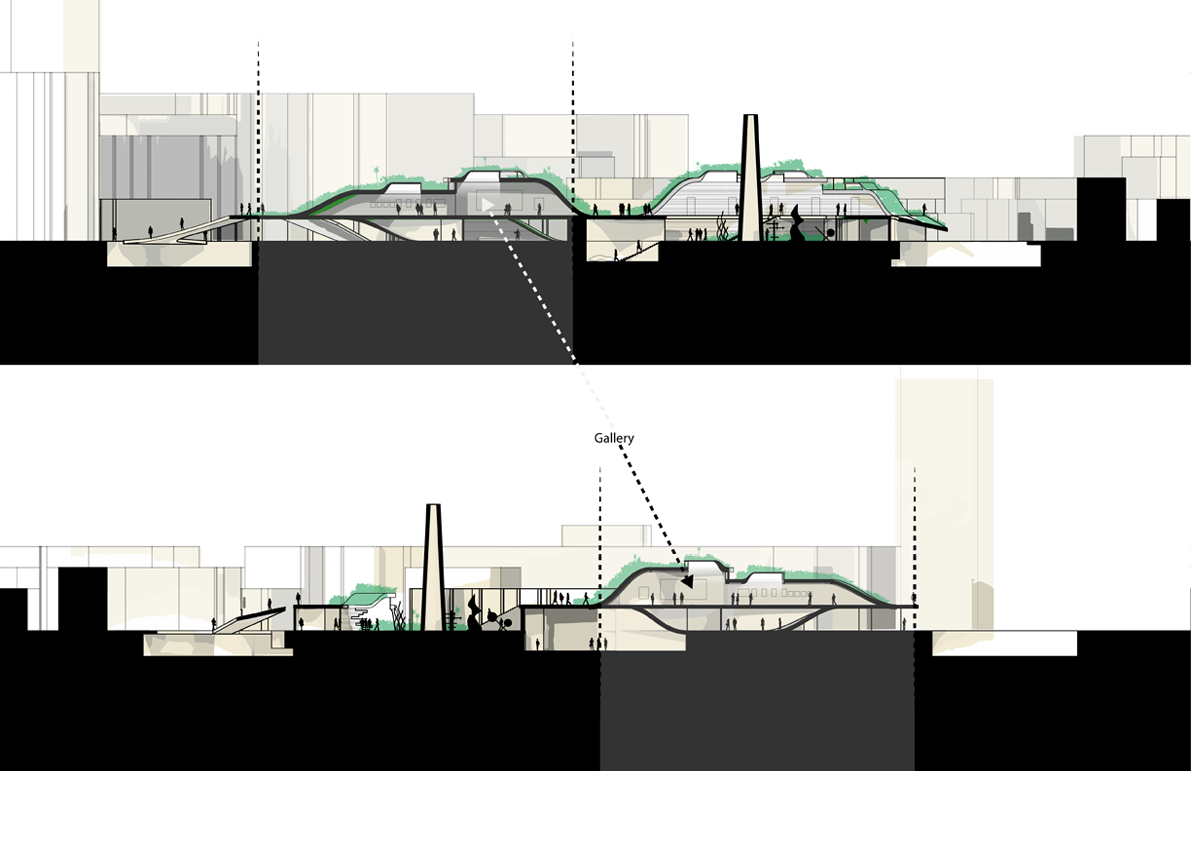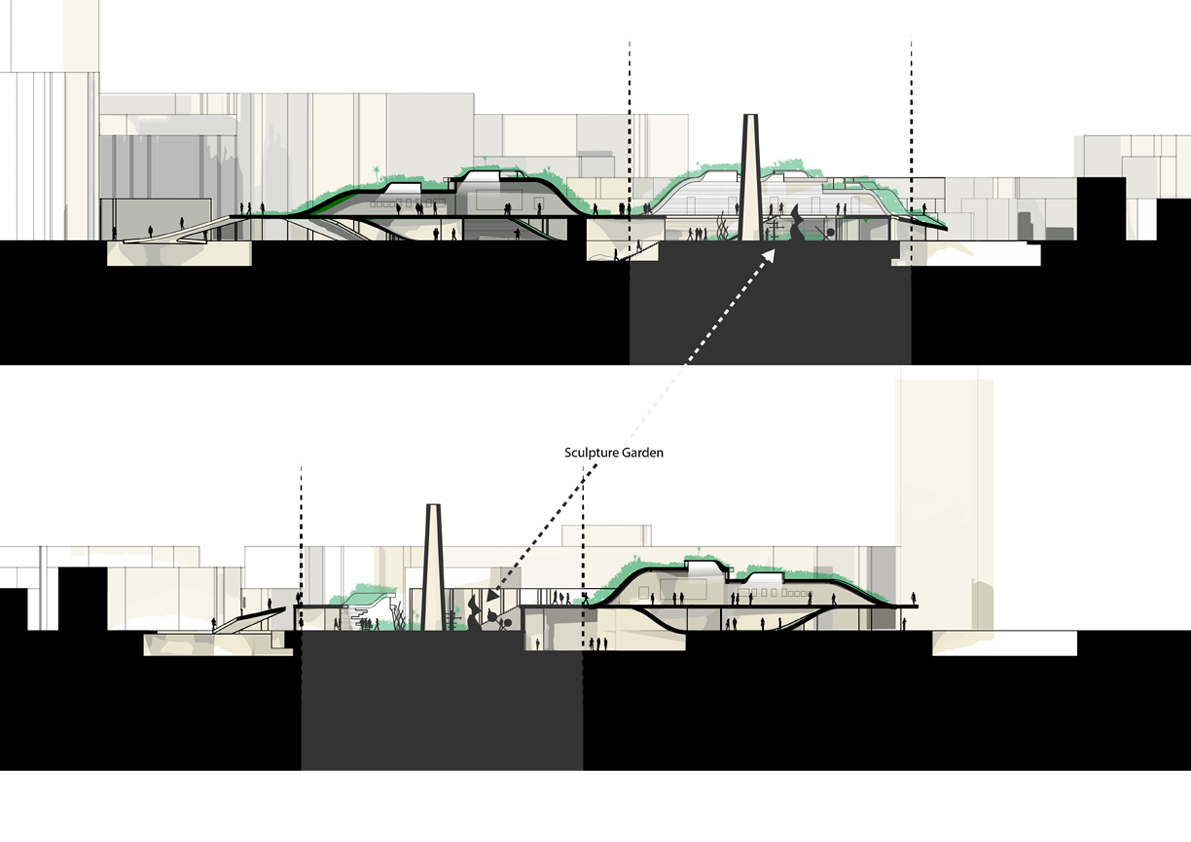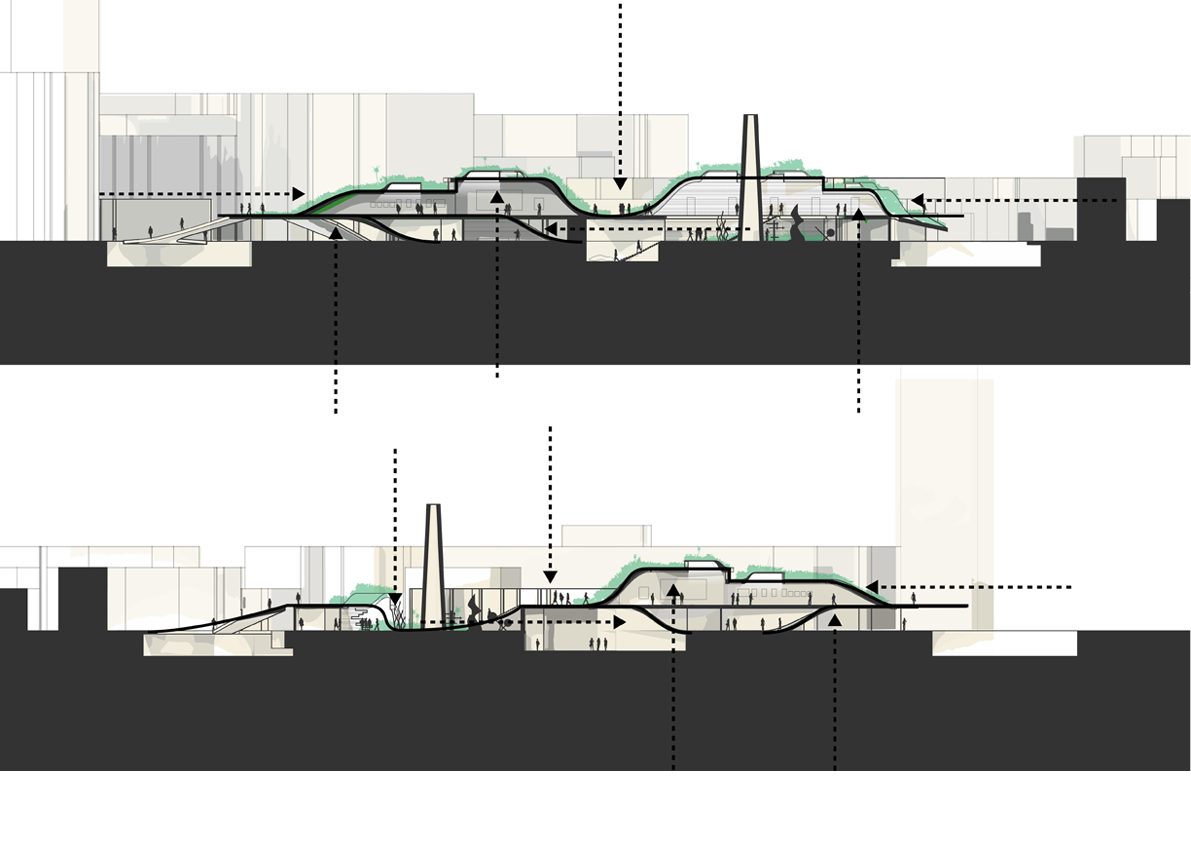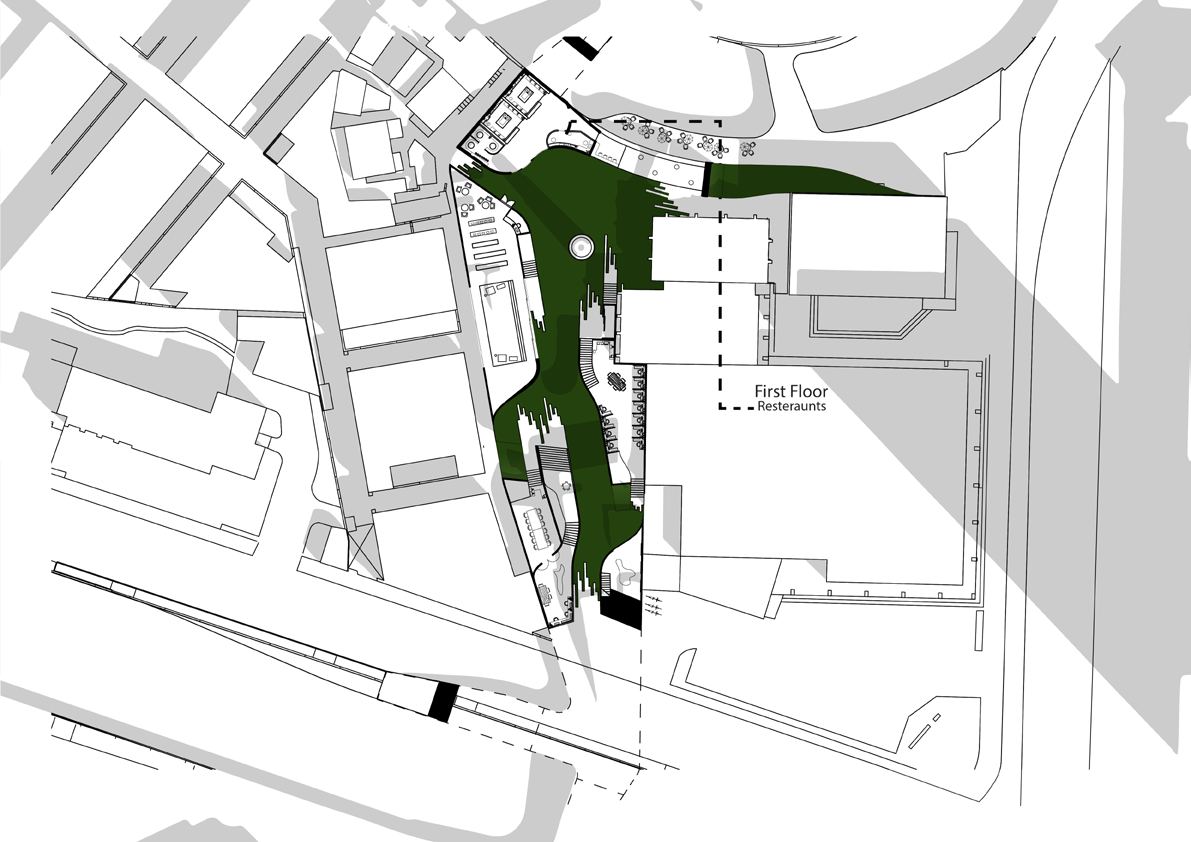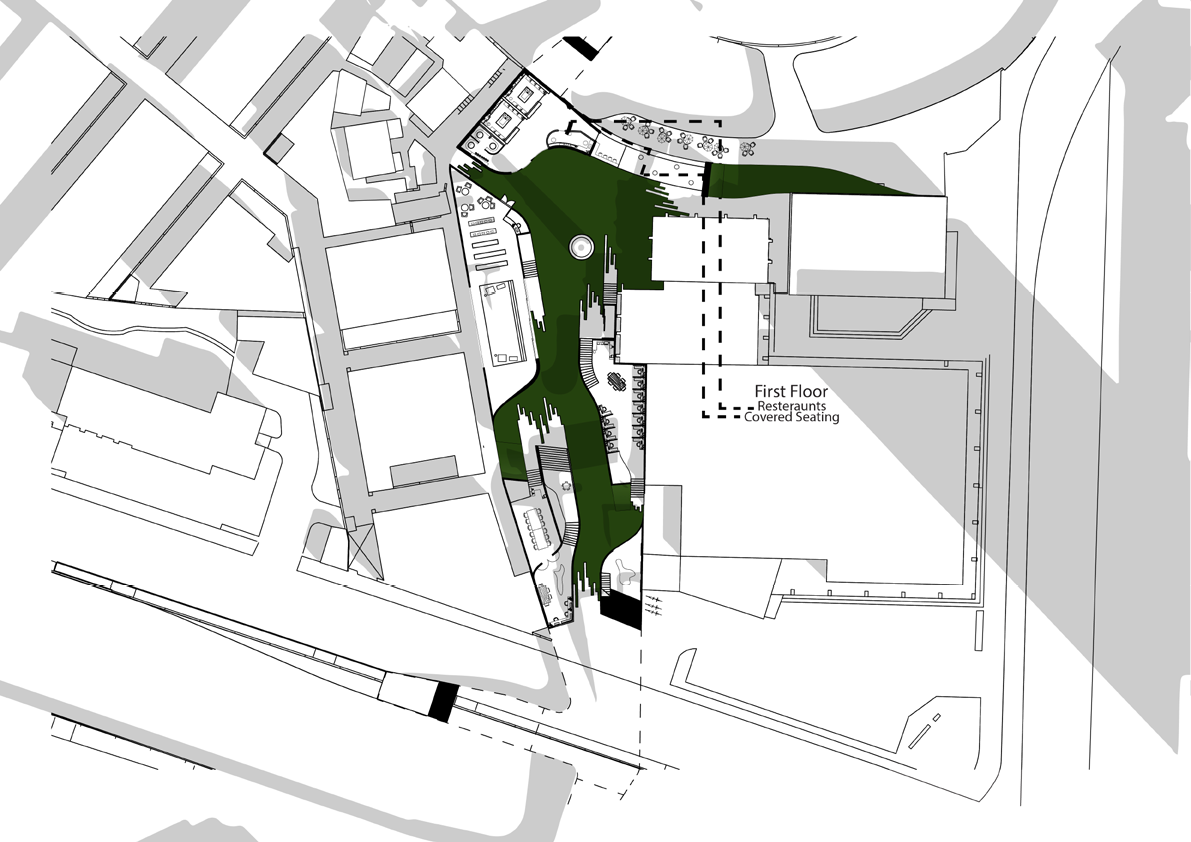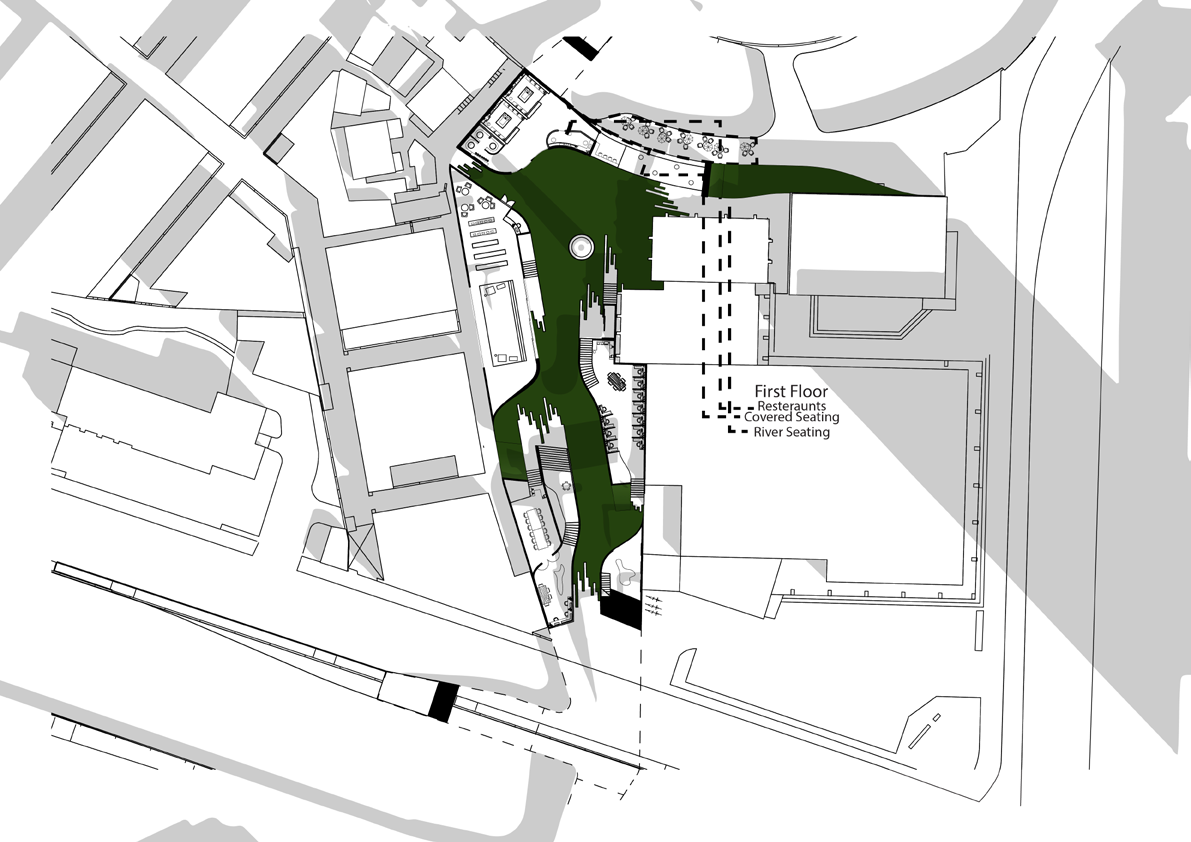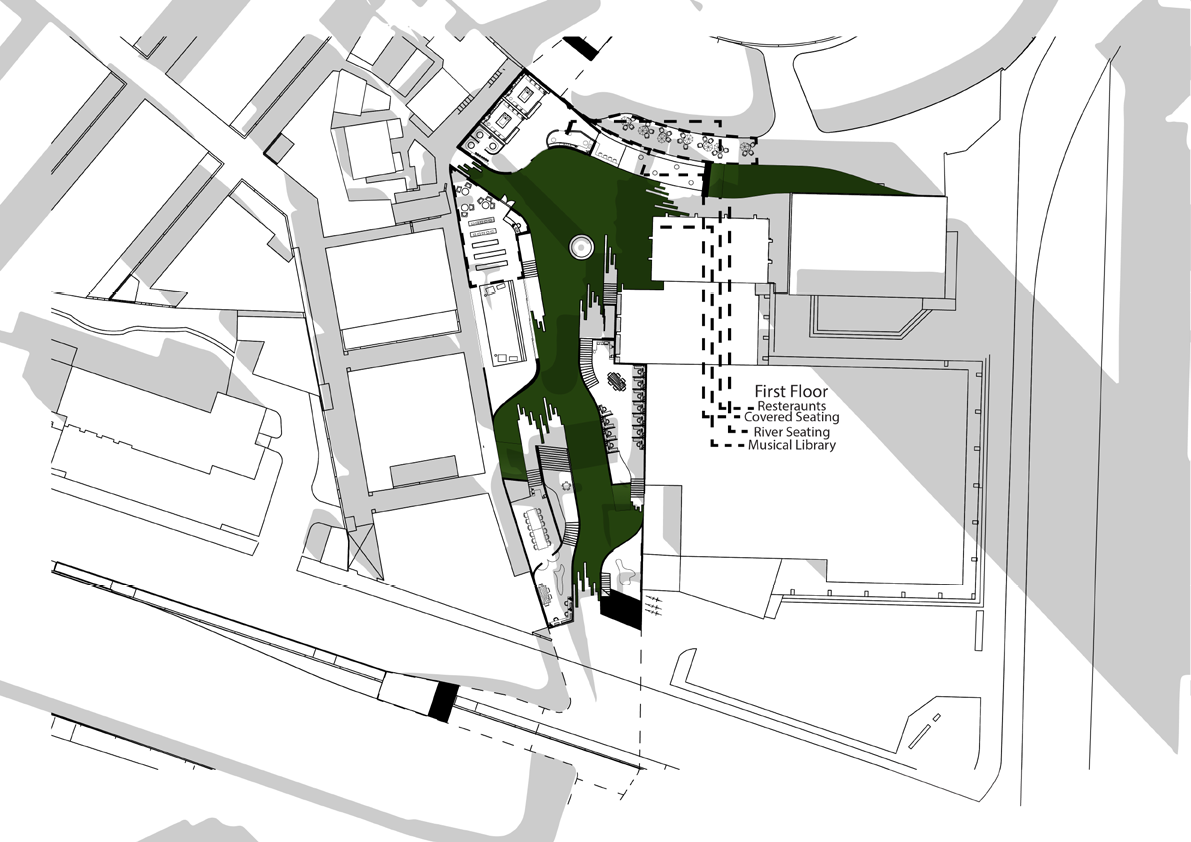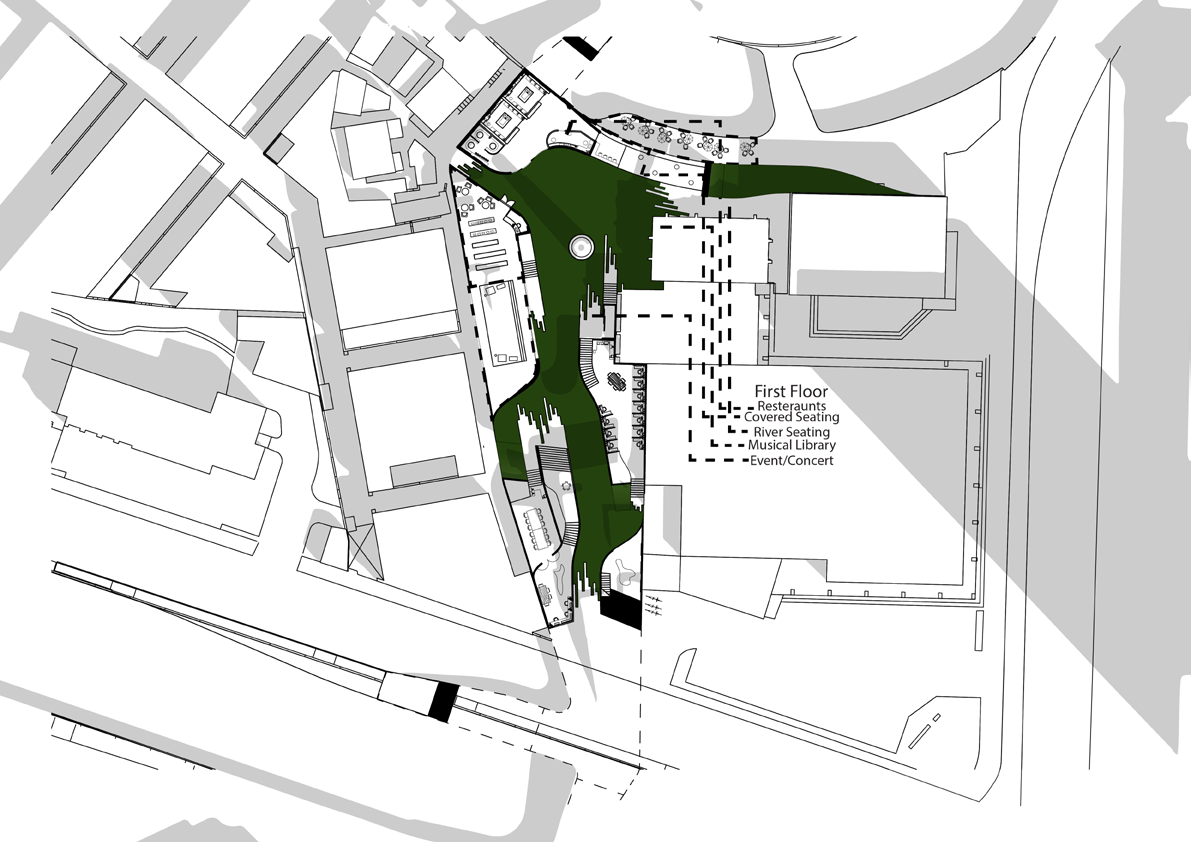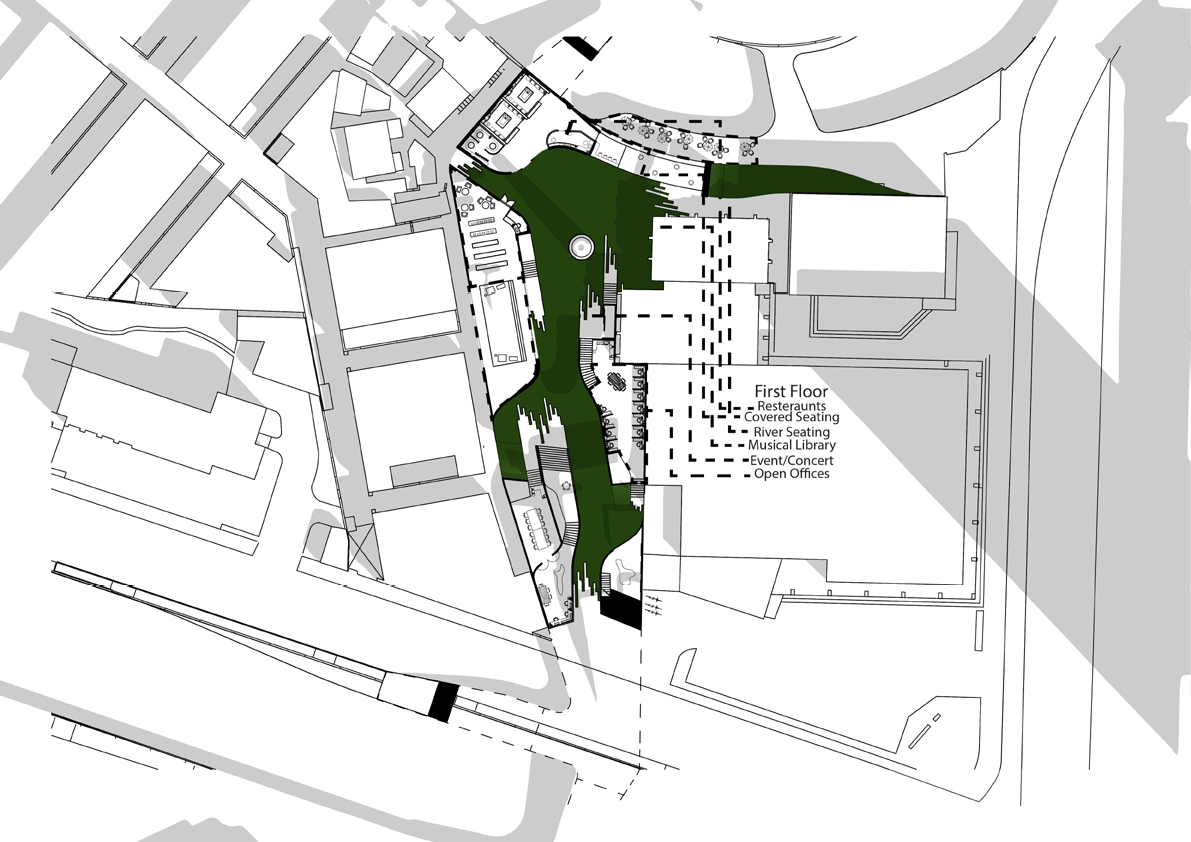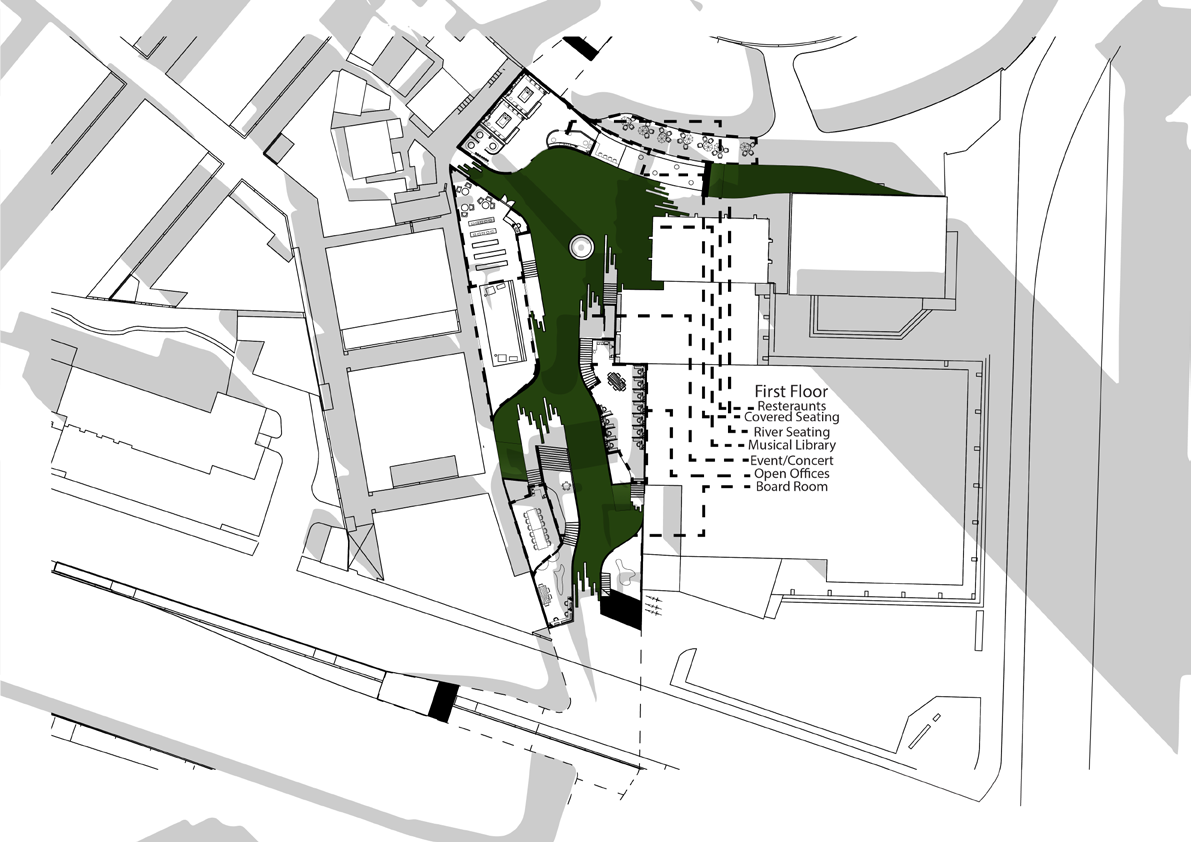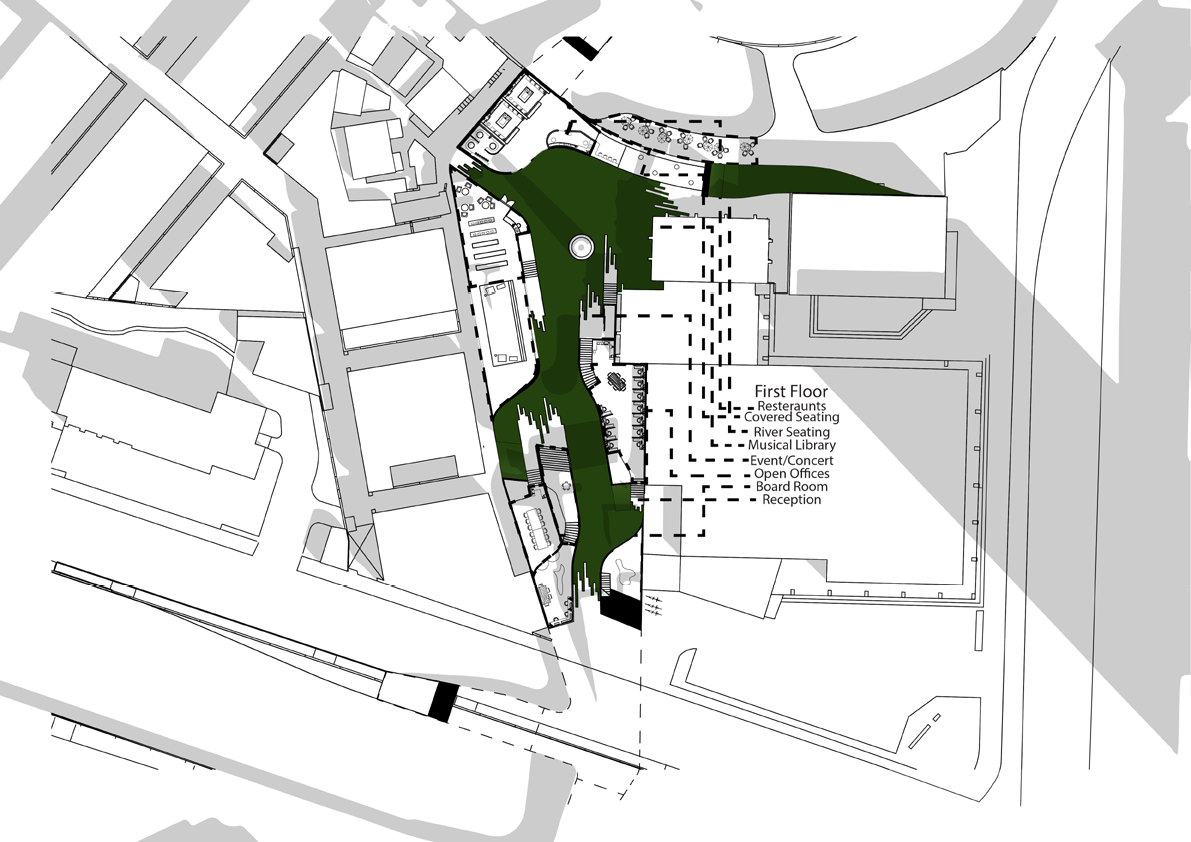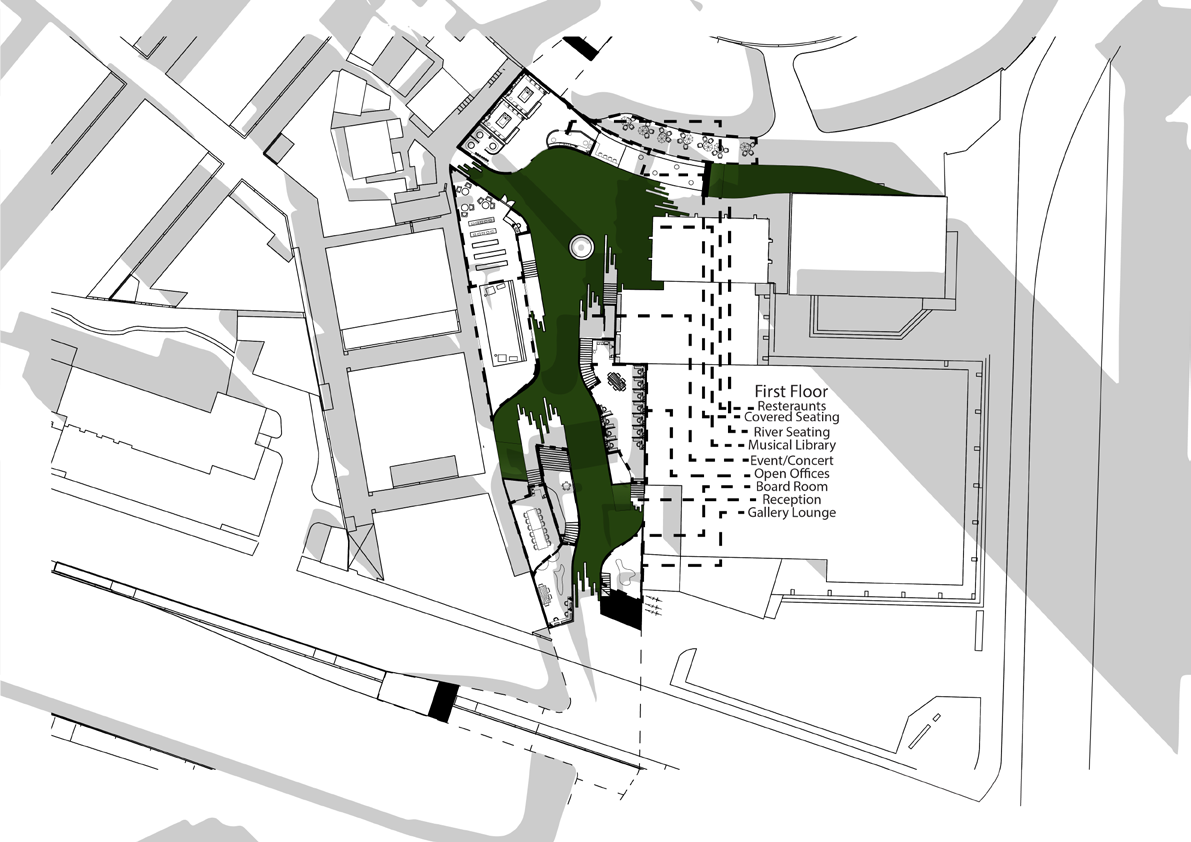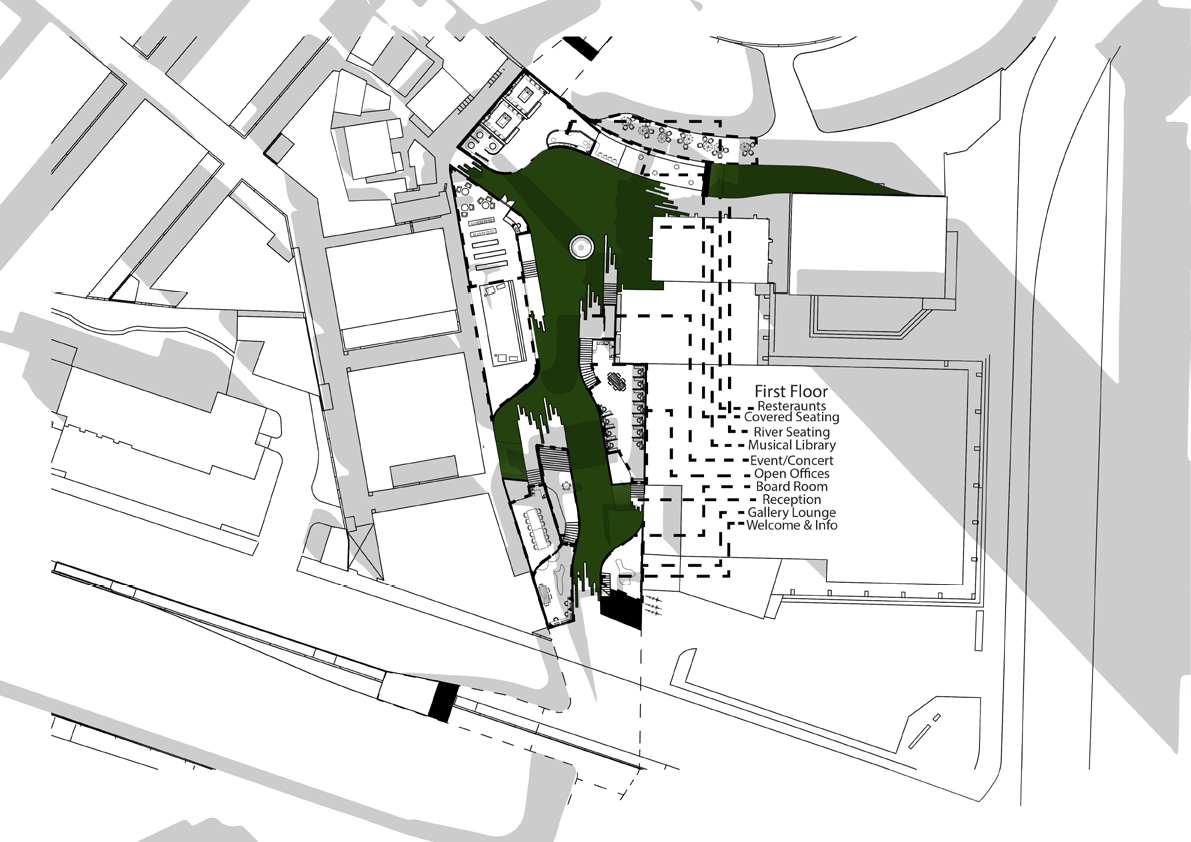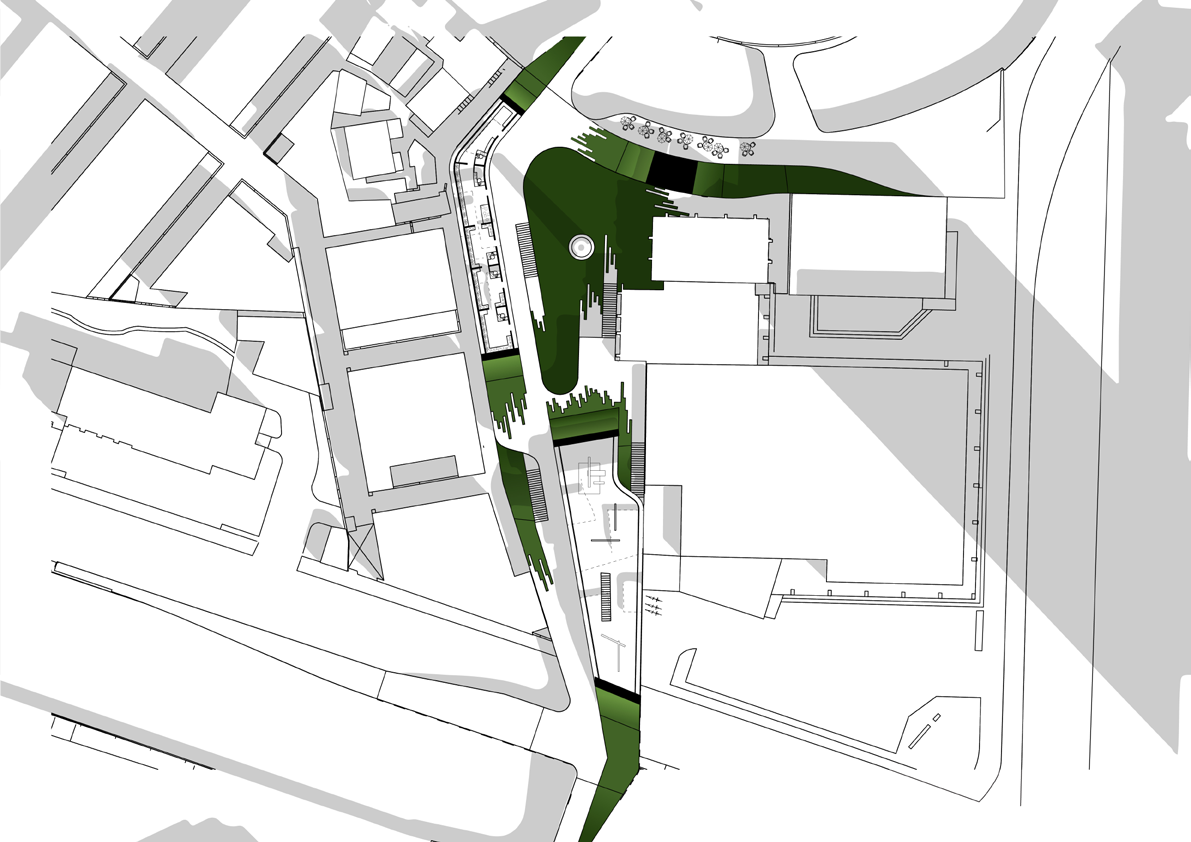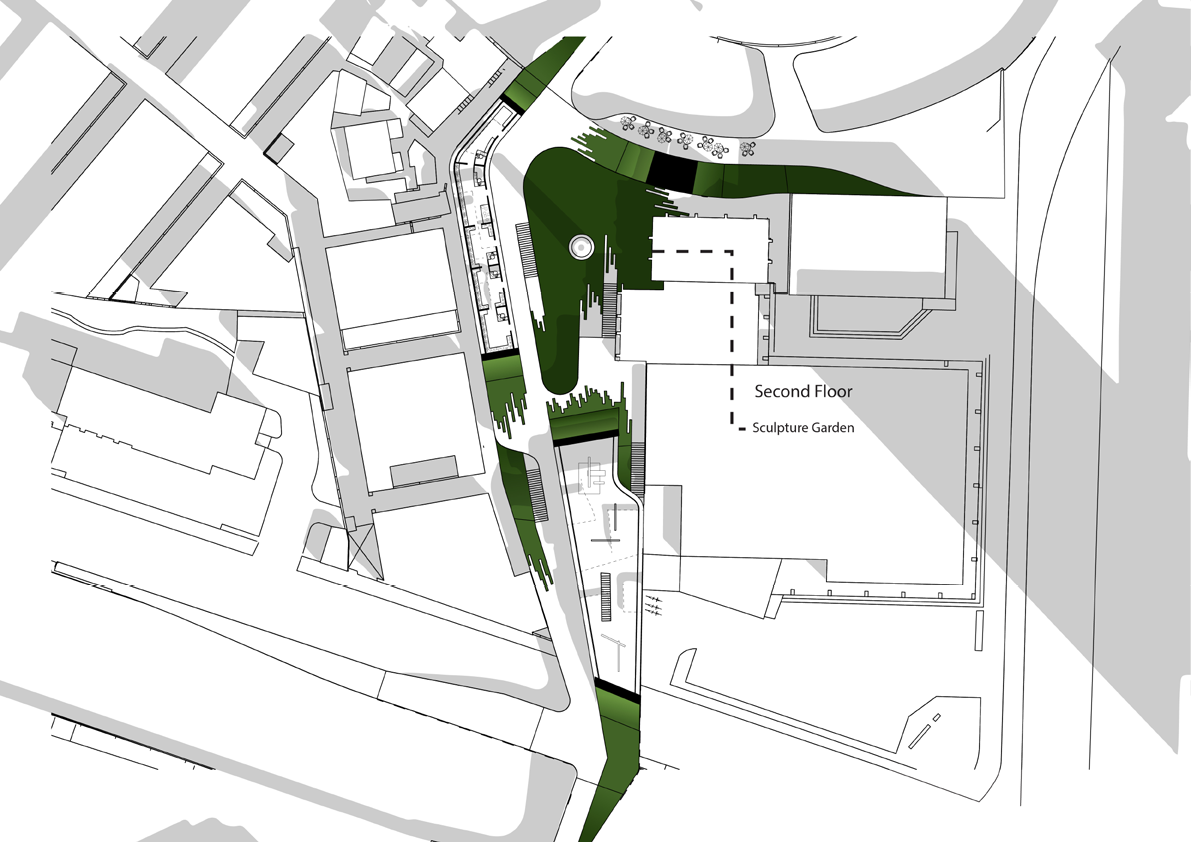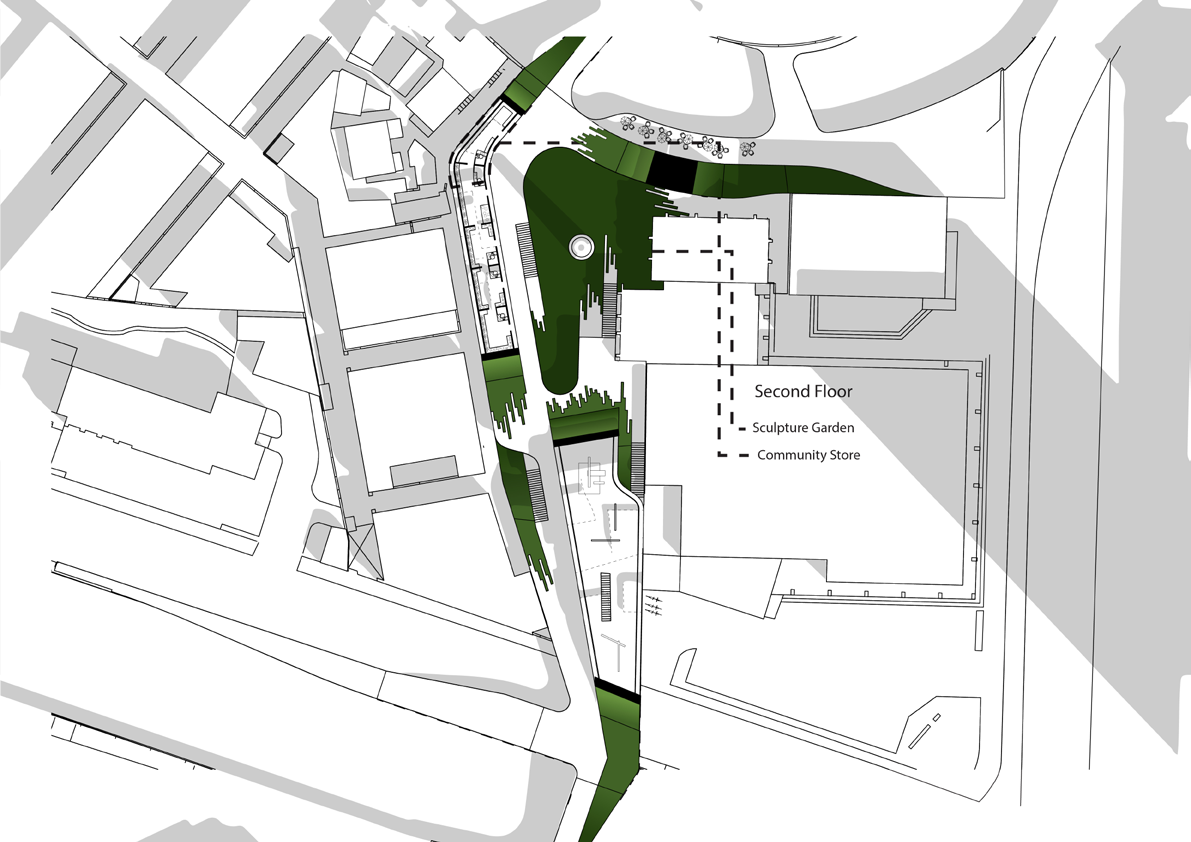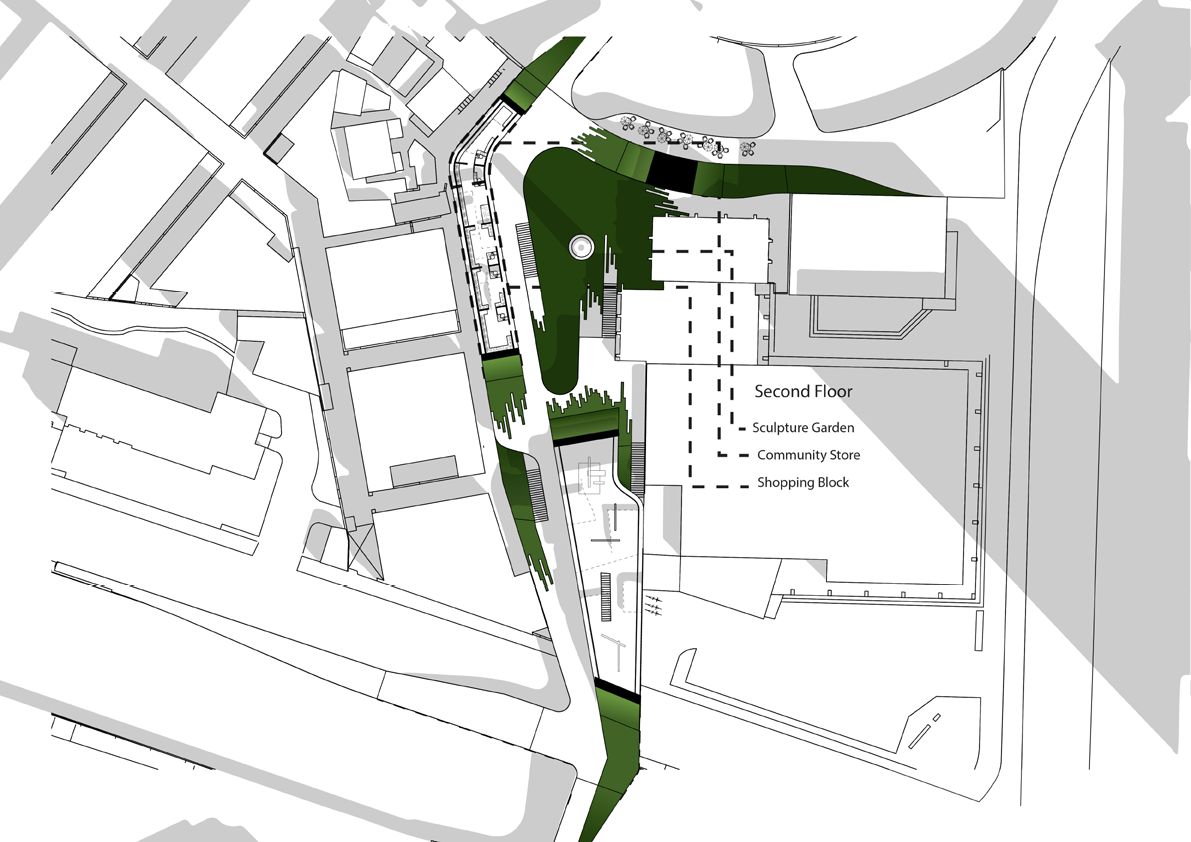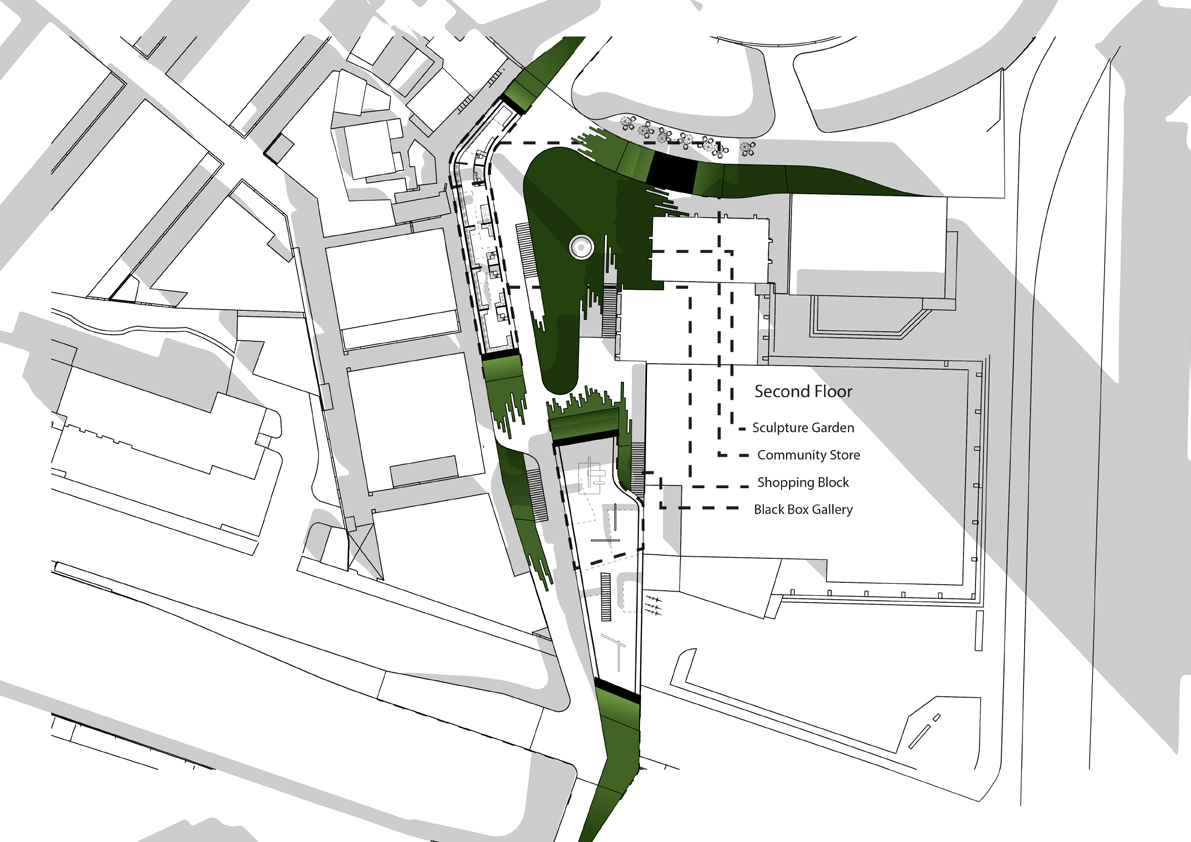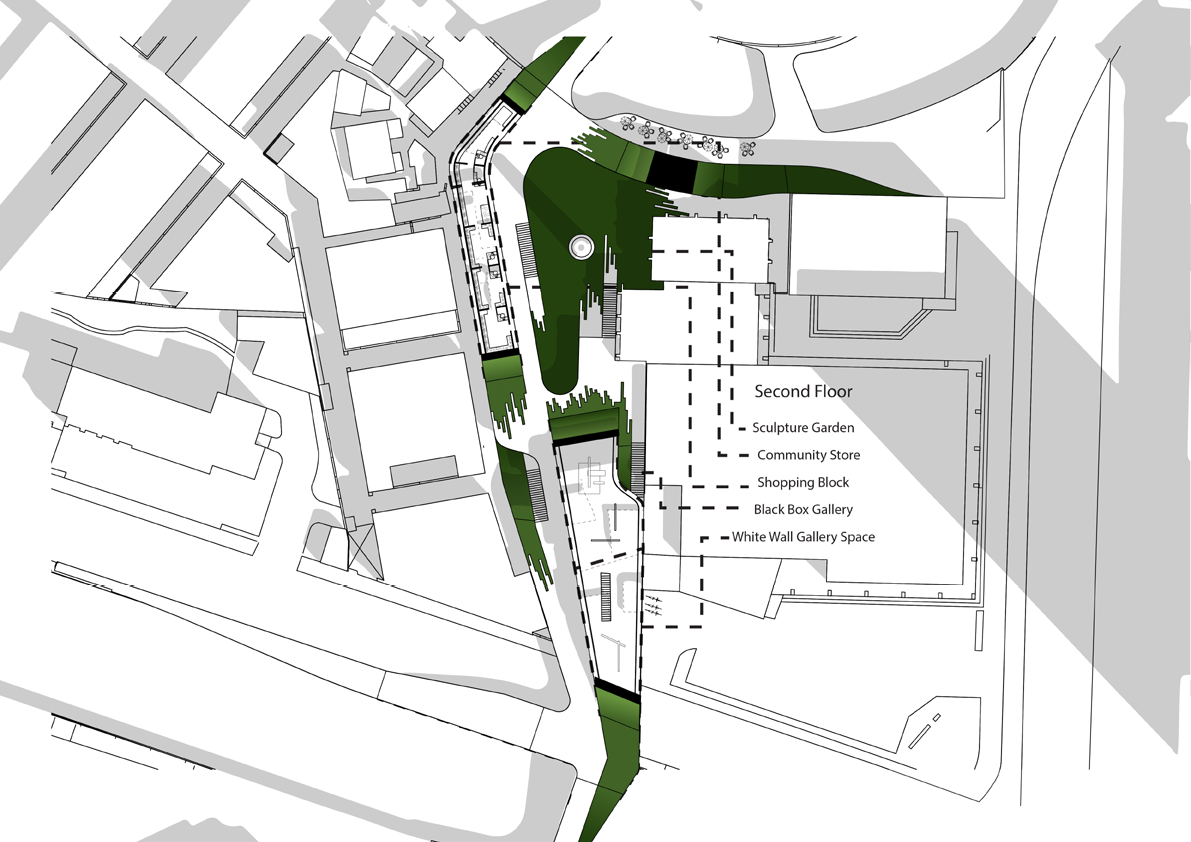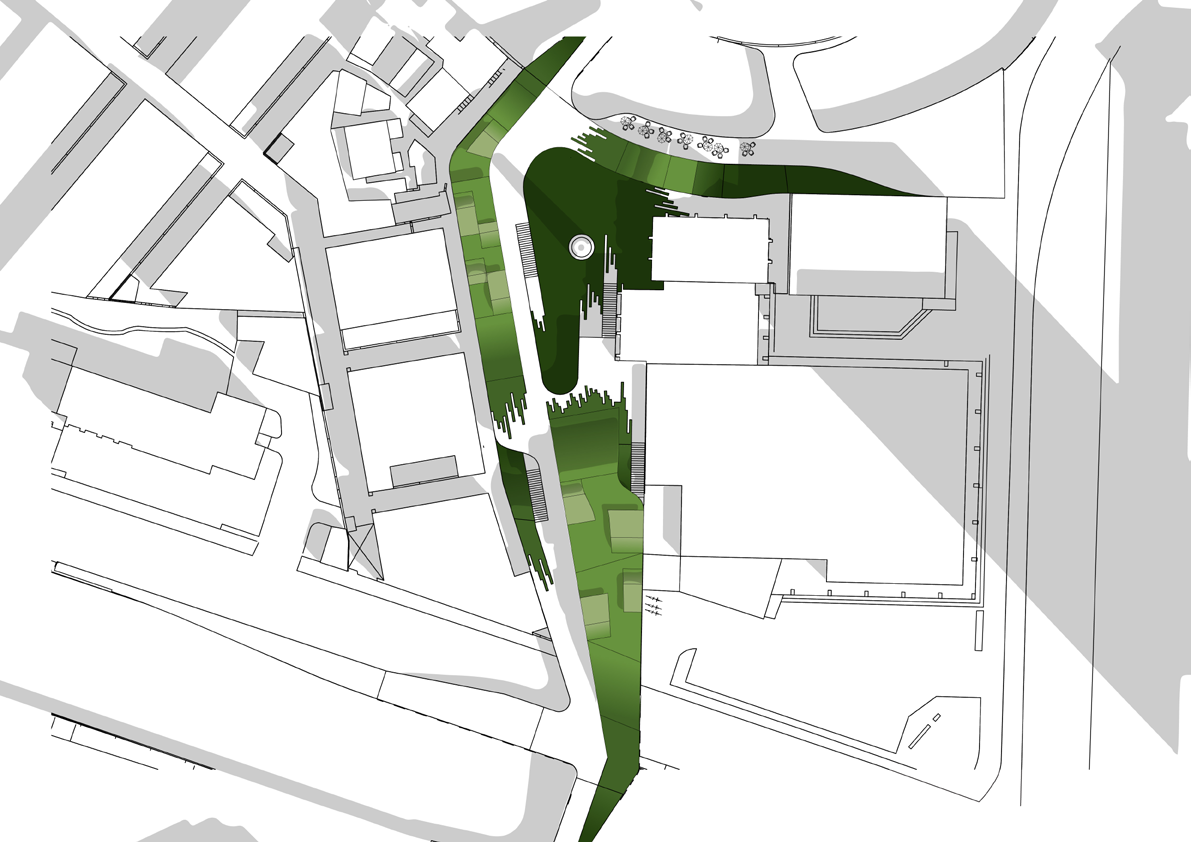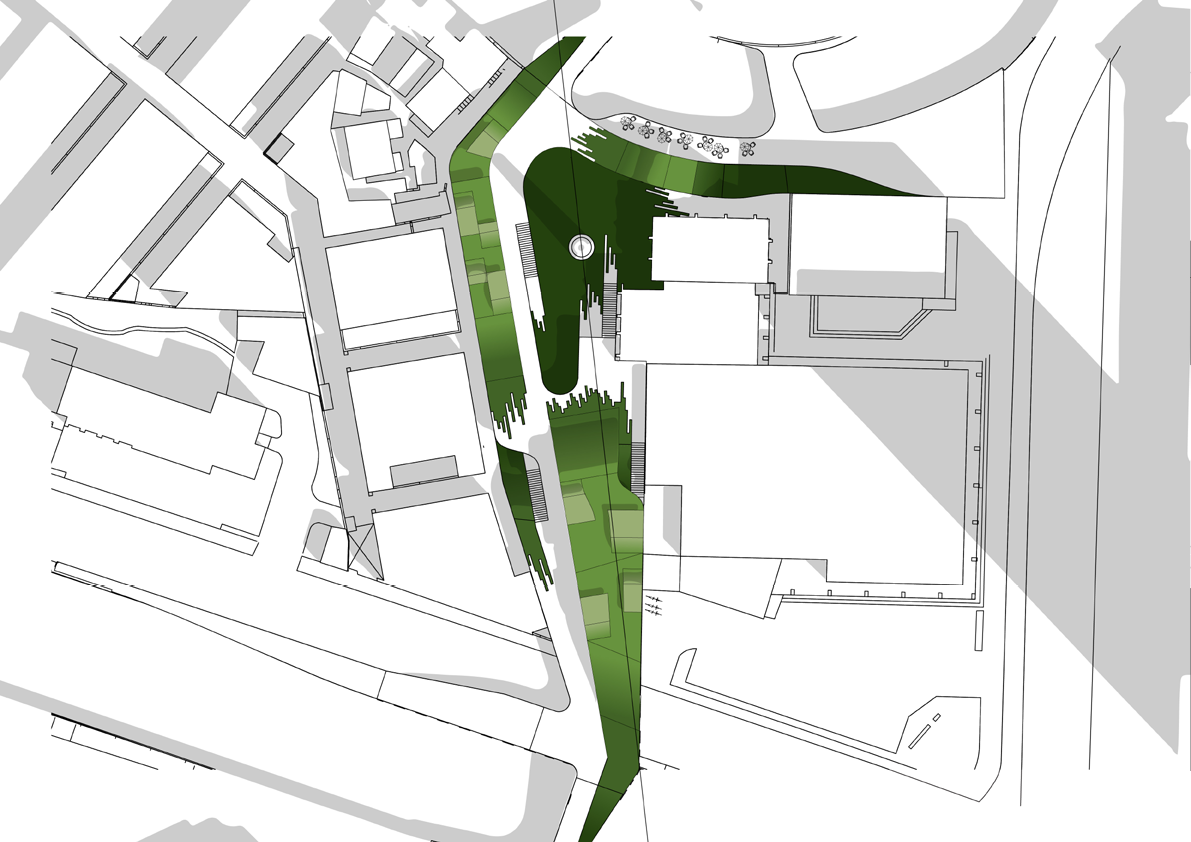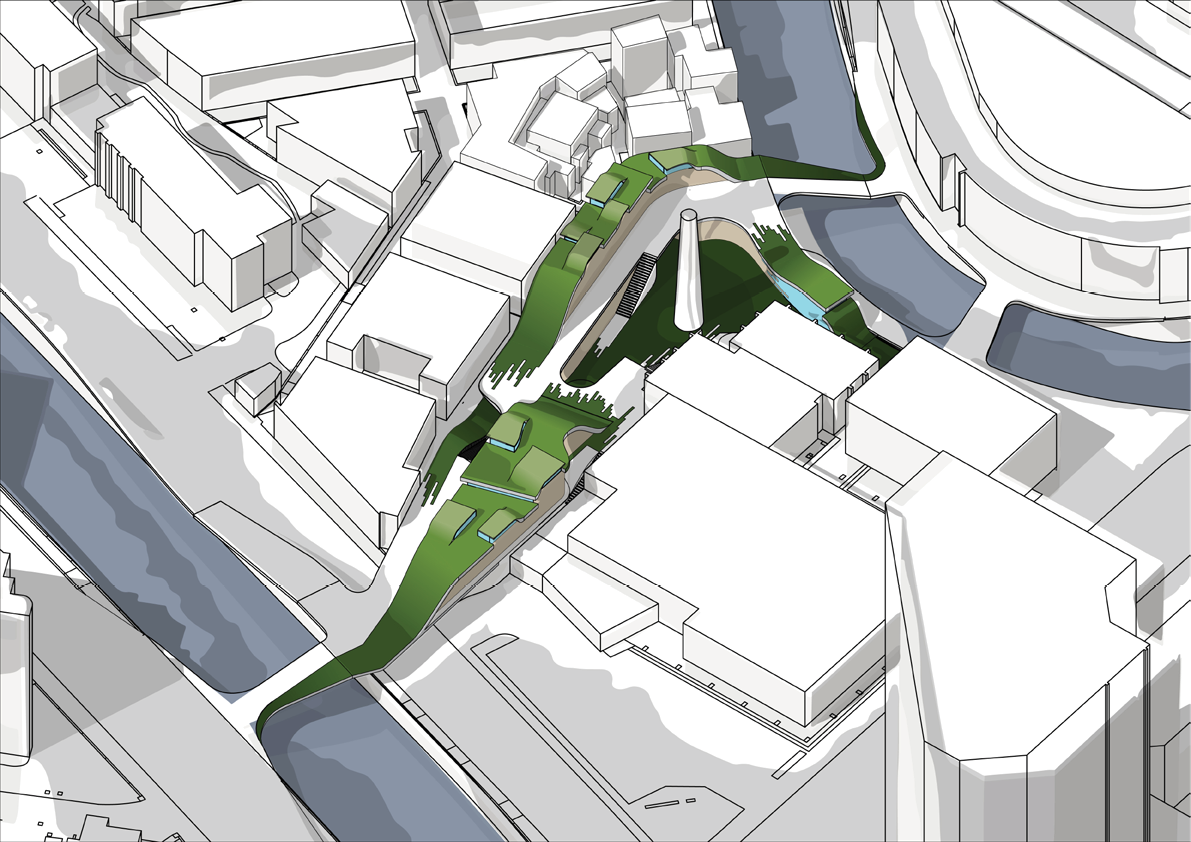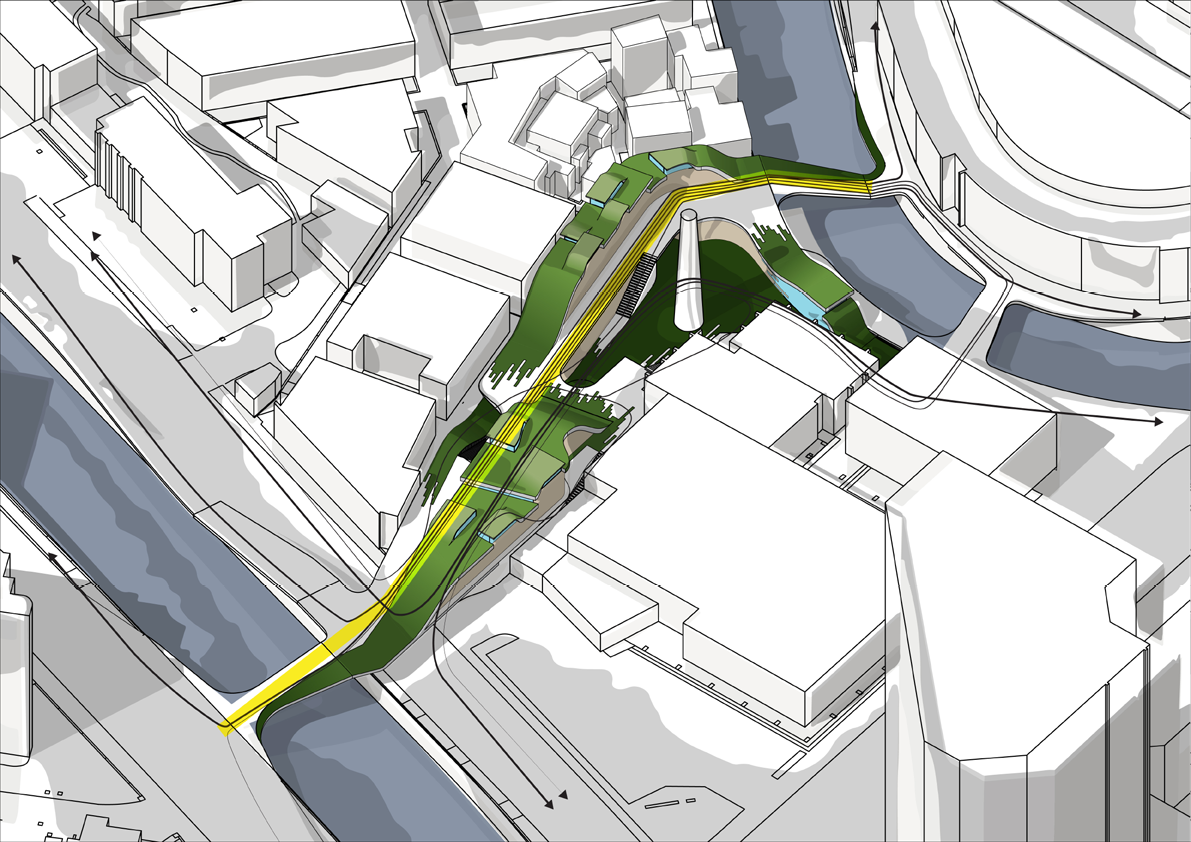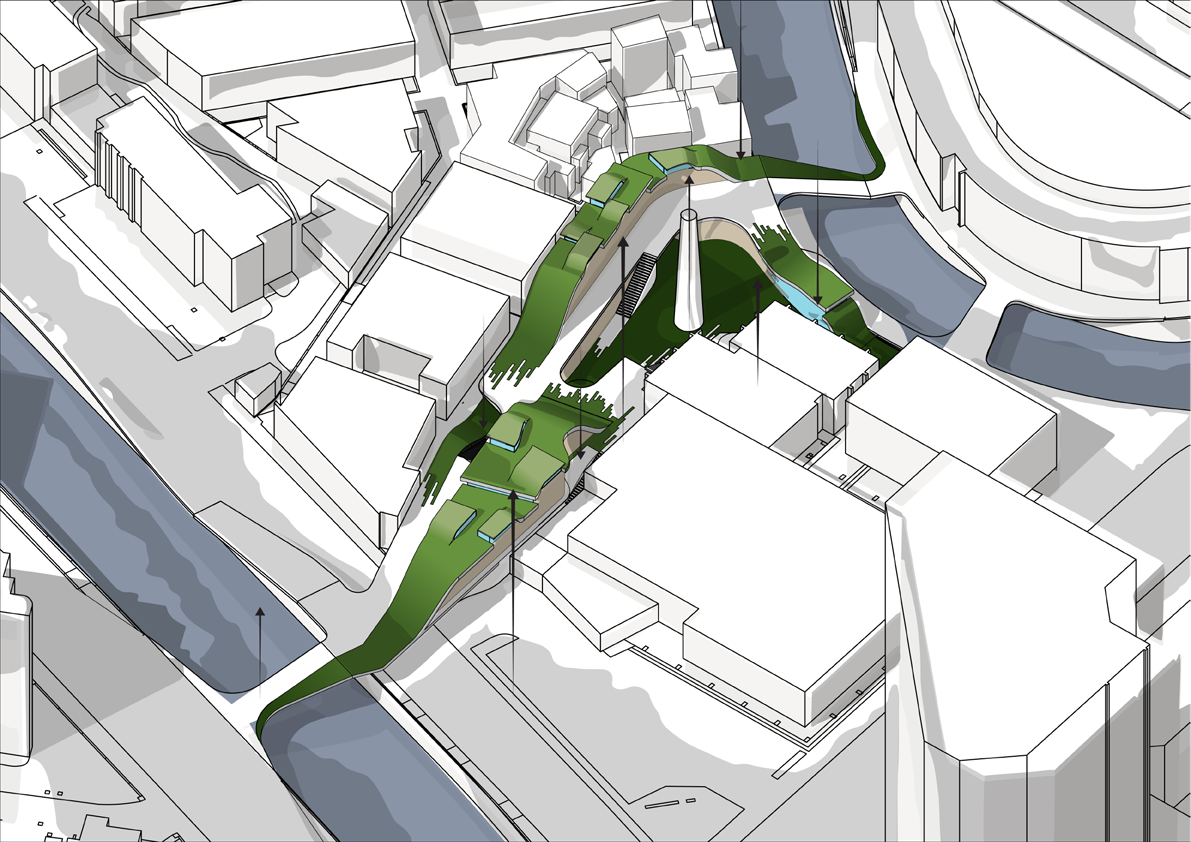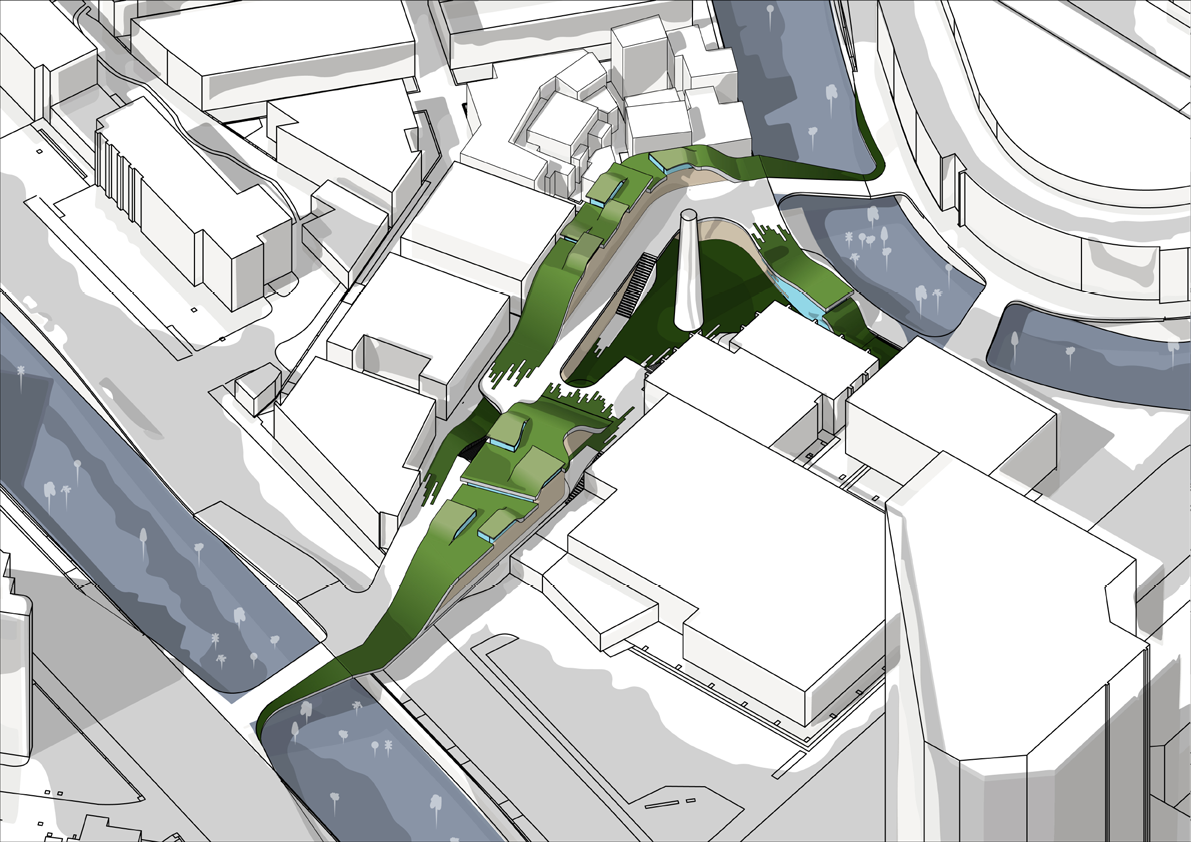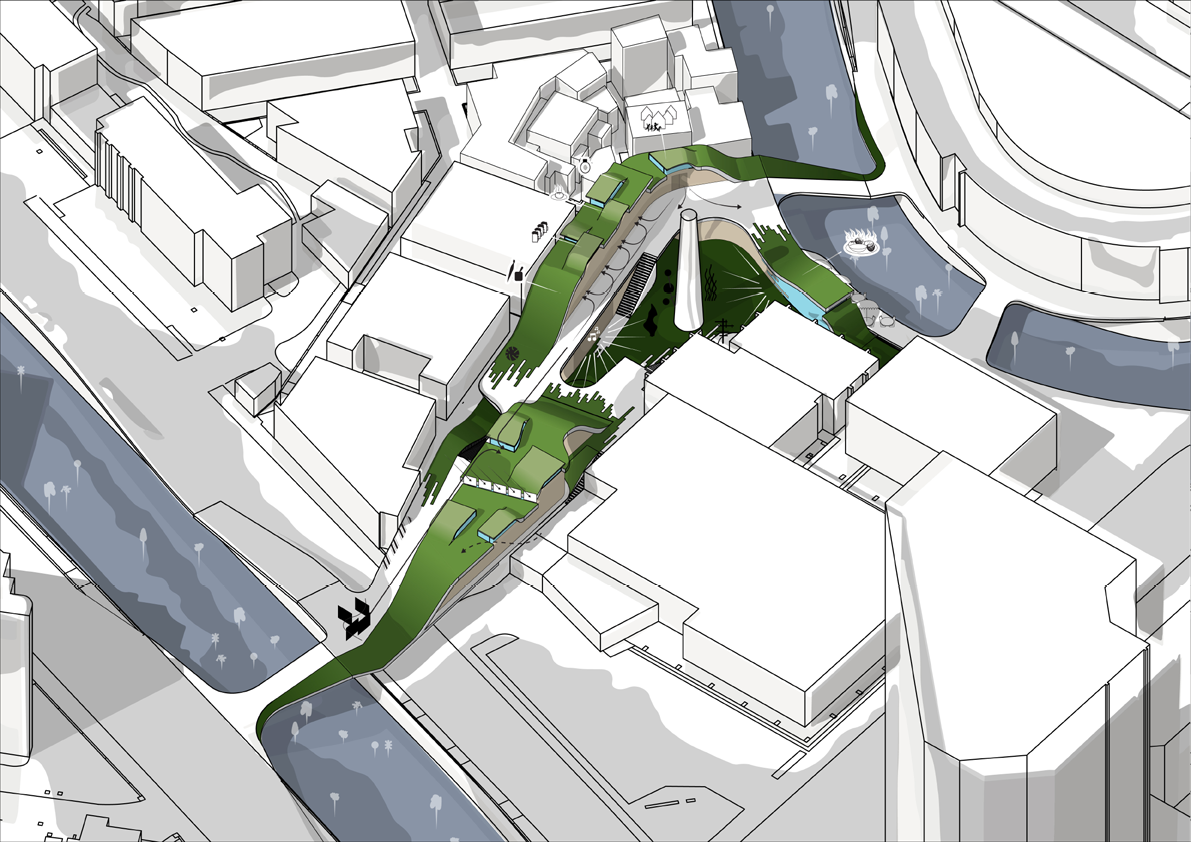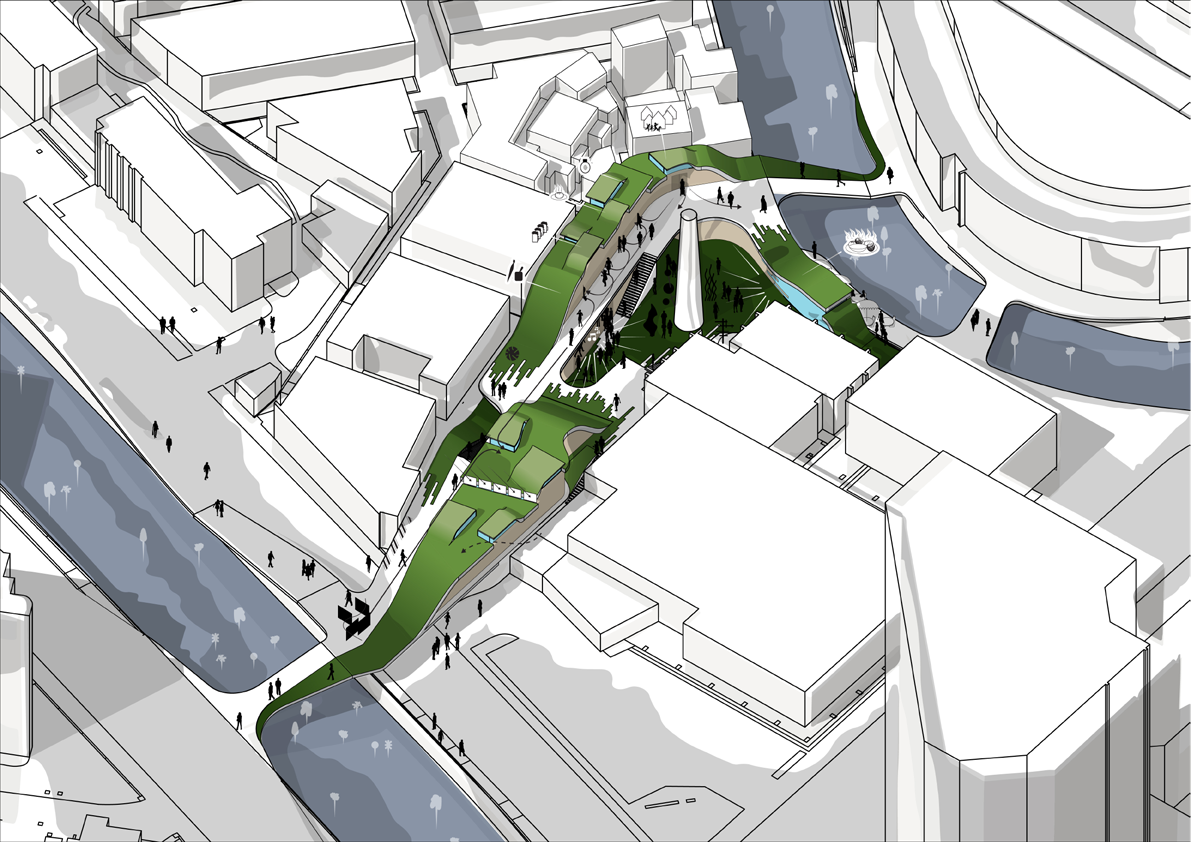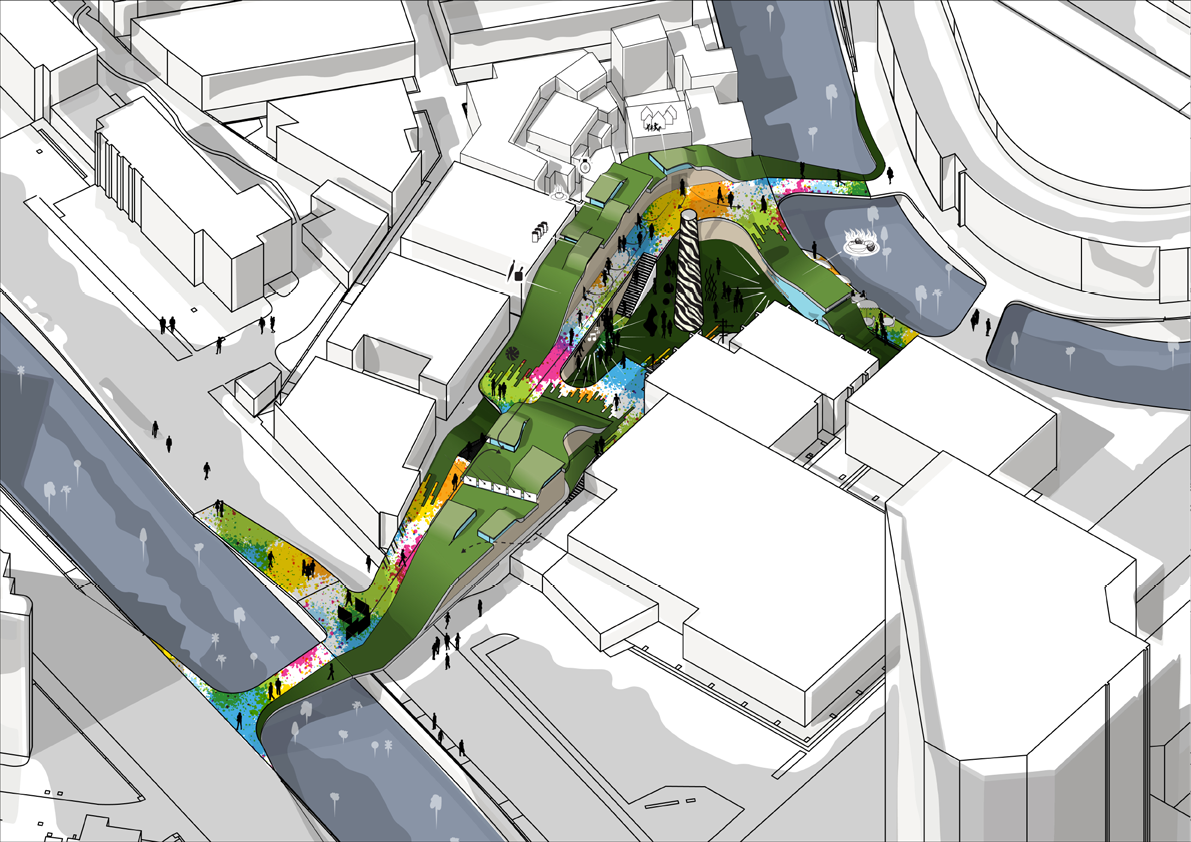Asia Architecture & Landscape Urbanism (AALU)
The following workshops took place during USC's 2014 AALU season in partnership with the institutions described as explorations into relevant, problem-driven urbanism in Asia.
meiji university
(7-day Group Urbanism workshop in Tokyo)
Brief: What will become of Tokyo's Tsukiji Fish Market in the wake of the 2020 Olympics?
Proposal: Tsukiji Village is a lively and self sustaining live-work-play community on the former site of the Tsukiji Fish Market. Amid a city of steel and glass, and fronted by a flowing river, the Village pays homage to its powerhouse predecessor with inviting shops, stalls, and markets along the waterfront, while simultaneously embracing the city which surrounds it with vertical towers large blocks. Alongside inward reaching pocket parks, avenues of river water, and staggered gardens compartmentalize neighborhoods and program.
Tyler Fong
Saeed Ghods
Jennifer Huebner
Miho Iwasawa
Nicolas Oueijan
Yuki Sato
beijing University of Civil Engineering and Architecture (5-day solo workshop in beijing)
Brief: What can Dashilar do to address the issues which are currently stifling it's growth?
Proposal: Identifying waste facility conditions and disposal as essential problems, the Poobs Project is an urban intervention project which seeks to streamline the efficiency of public restrooms, and waste collection in the Dashilar region of Beijing. Using existing footprints, the the Poobs Project improves circulation, ventilation, and water use practices through an array of cylindrical tubes on the roof of public restrooms. These tubes act as light wells, water catchments, and heat chimneys to encourage the circulation of air. A sort-based system of trash and garbage management works alongside the restrooms and piggy-backs upon the existing networks of bicycles to noninvasively funnel waste out of the cramped neighborhood and into the appropriate facilities.
hong kong university in shanghai
(15 day solo workshop in shanghai)
Brief: Shanghai's Music Valley is struggling for identity and is in need of profitable methods to use it's historical structures. What can be done to solve the two problems?
Breaching nature through the gray concrete is Shanghai Music Valley's newest addition, Surface, a public art & music based landscape that stretches across the rivers which flank its peninsula on both sides. The connections it creates here unite three land masses through a broad second floor, which widens into a sculpture garden surrounding an existing smokestack. In the pit of the sculpture garden: art, music, food, shopping, and nature coalesce between the two alleyways into neighboring Lilongs, providing much needed infrastructure as the community reinvents itself into a commercial-historical attraction. Retaining the historical appeal of Shanghai 1933 to the east, Surface fully integrates itself as the durable project is toyed with, painted, and altered with time.


